The Mythological Origin of the Egyptian Temple
The following is a scan of a very rare book that details the first published translations of the Edfu Temple. As the title indicates it details the mythological origin of the first temple that appeared on earth according to the oldest Egyptian records. Prehistory.
The tale these ruins tell share several similarities with other myths from various places around the ancient world which I will share now.
(Book scan and download link at the bottom)
The Aztec and Egyptian creation myths begin with a world of darkness with no land, only sky and water and a god who lives there, then the god (one way or another) creates the first world/land which is an island, and the first people (perhaps giants), eventually fighting ensues, then because of the fighting the earth is engulfed by water or the island disappears (same thing when you are the only land). Then from this water the new world rises and is rebuilt in the old worlds image from the "bones" of the old world.
Now that story could be shrugged off as mere coincidence I suppose, However...Later in these stories of creation another identical event happens. In the Egyptian and Aztec myths a hero figure protected by a group of 4 gods or protectors, warriors or gods represented by 4 animals and also the 4 directions. Do battle with a serpent type monster that sometimes represents chaos. They win this fight and slay the monster and then on the spot it was slain the gods build a sacred temple.
page 35 is the summery of the fight
and page 196 details it
These animals are in the Egyptian myth Snake, Lion, Bull and Falcon. They are the 4 guardians that protect "The Falcon" in its fight against a great "snake".
in the Aztec myth this scenario also plays out but they are gods who animal incarnations or representations are "plummed serpent" (implying a feathered or flying snake), Jaguar, hummingbird, and a god that has no definite form and takes many forms and is also the god of warfare.
in the Aztec myth the gods also represent directions.
the 4 Aztec directional gods have aspects of the 4 guardian animals. Not the exact same animals mind you but the overall same animals (snake, bird, big cat, formless/unsure)
Huitzilopochtli (pron. Huit-zi-lo-pocht-li) or 'Hummingbird of the South' or 'Blue Hummingbird (bird)
https://www.worldhistory.org/Huitzilopochtli/
Quetzalcóatl (pron. Quet-zal-co-at) or 'Plumed Serpent' (snake or dragon)
https://www.worldhistory.org/Quetzalcoatl/
Tezcatlipoca’s nagual, or animal disguise, was the jaguar, the spotted skin of which was compared to the starry sky. A creator god, Tezcatlipoca ruled over Ocelotonatiuh (“Jaguar-Sun”), the first of the four worlds that were created and destroyed before the present universe. (Cat)
https://www.worldhistory.org/Tezcatlipoca/
In the Aztec myth the 4 gods do battle with a "serpent/fish", they slay it by ripping it apart in the 4 directions then build from its body or on the spot it was slain. That is objectively the same story with 3 out of the 4 animal guardians being the same. Now these animals turn up in one other place with pyramids within its borders. China and Taoism, specifically the 4 animals that represent the 4 directions often associated with the ancient art of Feng Shui.
I would also like to note that Xipe Totec has a controversial history, some people think that the god replaced an earlier god from the story, I could find no credible source about his animal form however, He is the inventor of war according to the Aztec mythology so that lines up with the Chinese direction of north being the tortoise or "black warrior"
https://www.worldhistory.org/Xipe_Totec/
They are in fact the same animals representing the cardinal directions.
https://en.wikipedia.org/wiki/Four_Symbols
The Four Symbols (Chinese: 四象; pinyin: Sì Xiàng, literally meaning "four images"), are four mythological creatures appearing among the Chinese constellations along the ecliptic, and viewed as the guardians of the four cardinal directions. These four creatures are also referred to by a variety of other names, including "Four Guardians", "Four Gods", and "Four Auspicious Beasts". They are the Azure Dragon of the East, the Vermilion Bird of the South, the White Tiger of the West, and the Black Tortoise (also called "Black Warrior") of the North. Each of the creatures is most closely associated with a cardinal direction and a color, but also additionally represents other aspects, including a season of the year, an emotion, virtue, and one of the Chinese "five elements" (wood, fire, earth, metal, and water). Each has been given its own individual traits, origin story and a reason for being. Symbolically, and as part of spiritual and religious belief and meaning, these creatures have been culturally important across countries in the East Asian cultural sphere.
Not only that but the directions in Aztec mythology are represented by the same color pallet as the Chinese four guardians Black, white, blue and red. Only north and west line up with being the same color and same direction but all the colors are the same.
"The thing I'm going to have to disagree with is comparing the Chinese Dragon with Quetzalcóatl (or 'Plumed Serpent) and the Black Tortoise with Xipe Totec.
If you do a google search for the Black Tortoise, you will know that it is a tortoise (or turtle, depending on the text) intertwined with a snake. Which fits both the plumed serant and the Egyptian snake better.
Meanwhile, whilst the chinse dragon looks like a snake, it is actually a hybrid of several different animals and can shapeshift into different animals as well. To me, this fits Xipe Totec better, due to him being the formless/unsure god. Plus, chines dragons are often depicted with horns, which aligns with the bull.
On top of this. Xipr Totec is associated with Spring and agriculture, just like the Chinese dragon. Whilst both the plumed serpent and Black Tortoise are associated with water."
this perspective was given by a reddit user and is worth consideration.
https://wallpaperaccess.com/ancient-chinese-dragon
Now a serpentine monster and 3 of these 4 animals also turn up in a few other ancient mythologies. Greek mythology, the giant serpentine monster Typhon gives birth to a monster called the Chimera.
https://en.wikipedia.org/wiki/Chimera_(mythology)
In Greek mythology the Chimera is depicted as a monster that is a combination of three animals. A goat or horned animal, lion, and snake. Some versions of Chimeras have wings and actually do not originate in Greek mythology.
In fact the fight between Zues and Typhon mirrors the battle of the snake and the falcon.
https://en.wikipedia.org/wiki/Typhon
and finally the story of the heros fight against a great serpent monster whom he defeats and makes the new world from its dead body or on it turns up in another place. Mesopotamian mythology in the story of the slaying of Tiamat or chaos.
https://en.wikipedia.org/wiki/Tiamat
"Slicing Tiamat in half, he made from her ribs the vault of heaven and earth. Her weeping eyes became the sources of the Tigris and the Euphrates, her tail became the Milky Way.[16] With the approval of the elder deities, he took from Kingu the Tablet of Destinies, installing himself as the head of the Babylonian pantheon"
Back to the book though
[NOTES]
>
could "the stretching of the cord" mentioned during temple construction be an acoustic form of measurement? like a string over a guitar when strummed makes a certain sound at a specific length. This could be used as a form of measurement the same way guitars are tuned by ear.
Now you can read it this way or download the files at..
https://archive.org/details/0_20220129_202201
in the bottom right of the screen there's an option to download the original files which I have numbered.
I apologize for the formatting of the pictures, I know it can be frustrating.
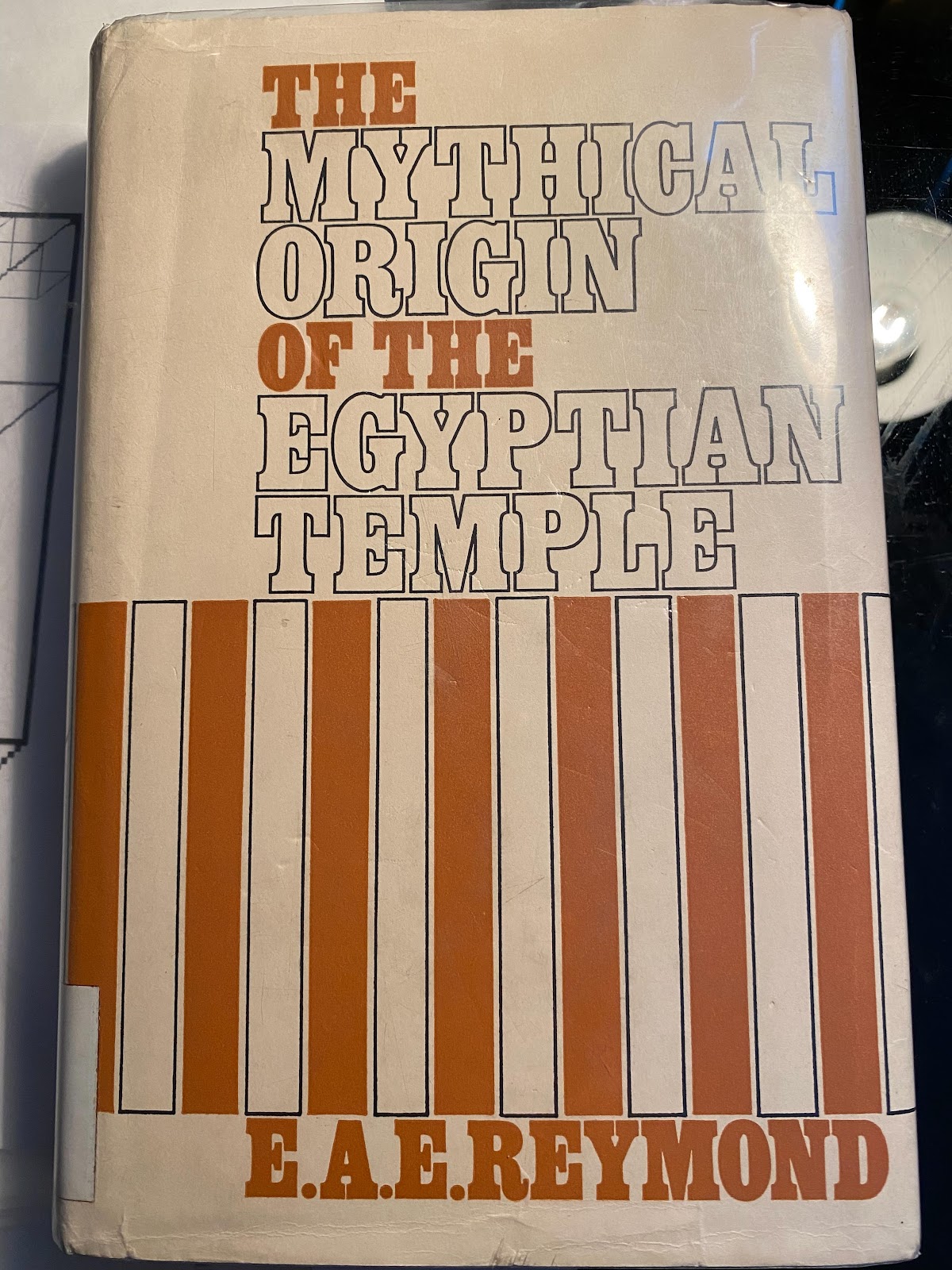


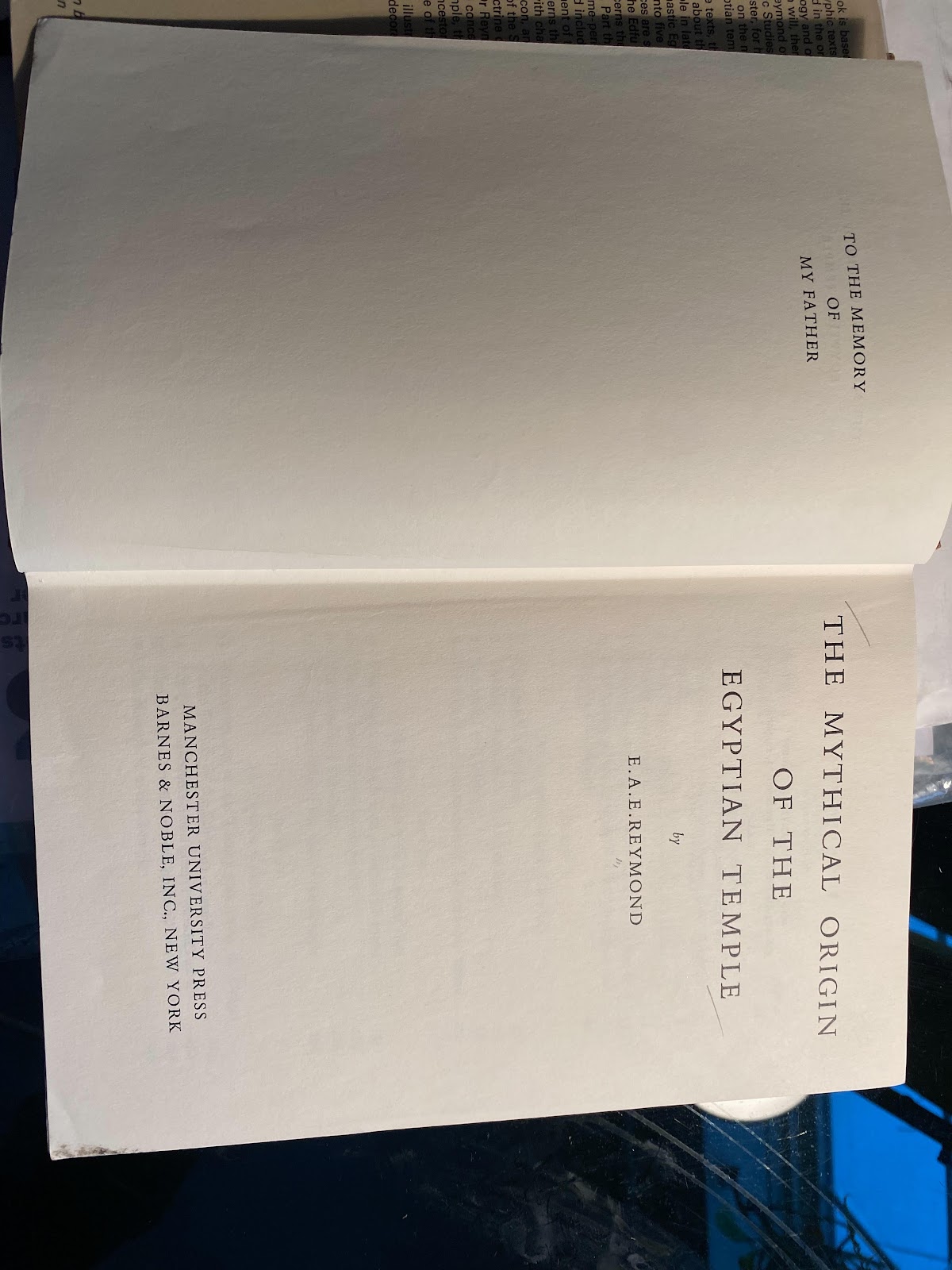















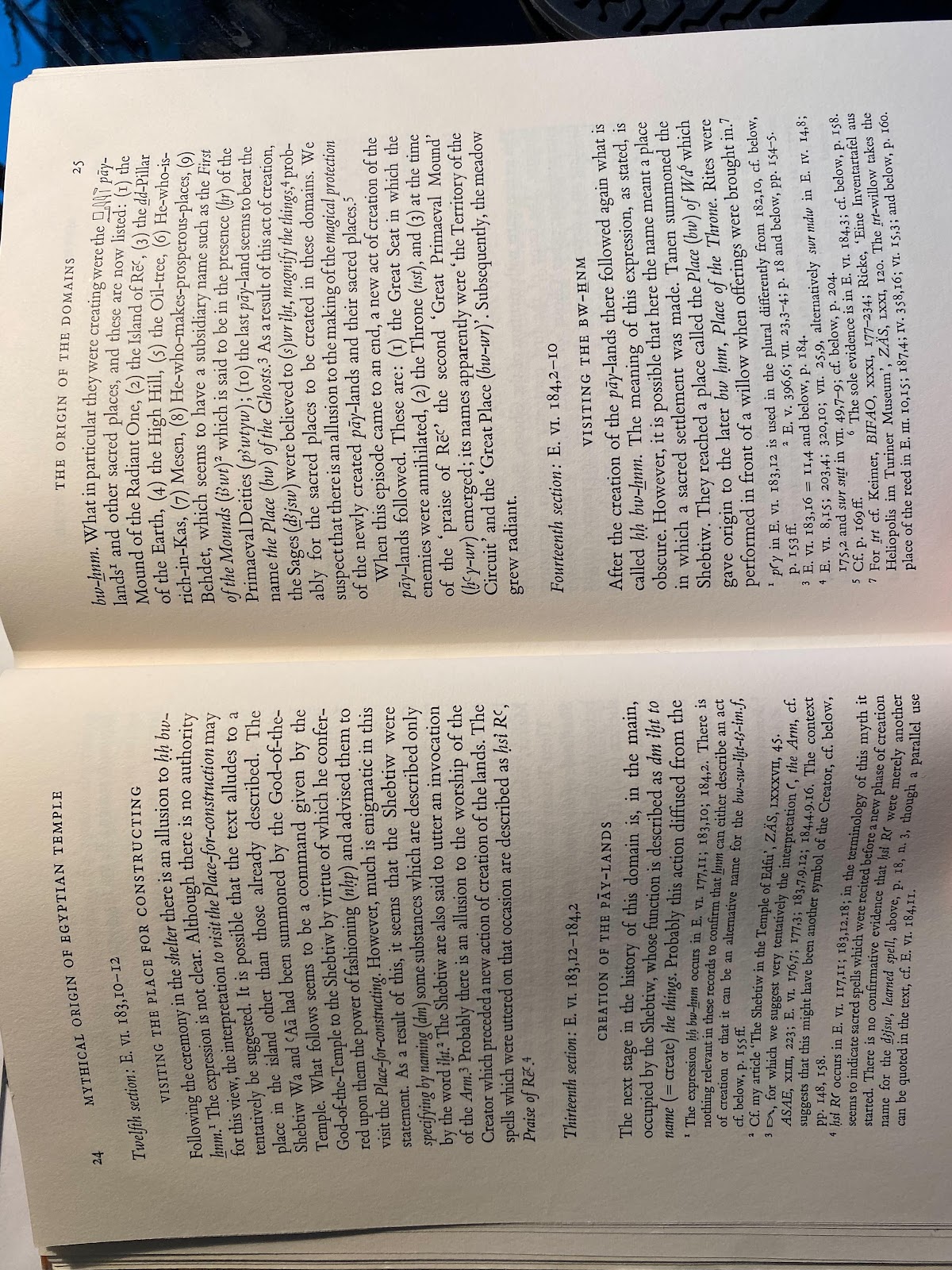



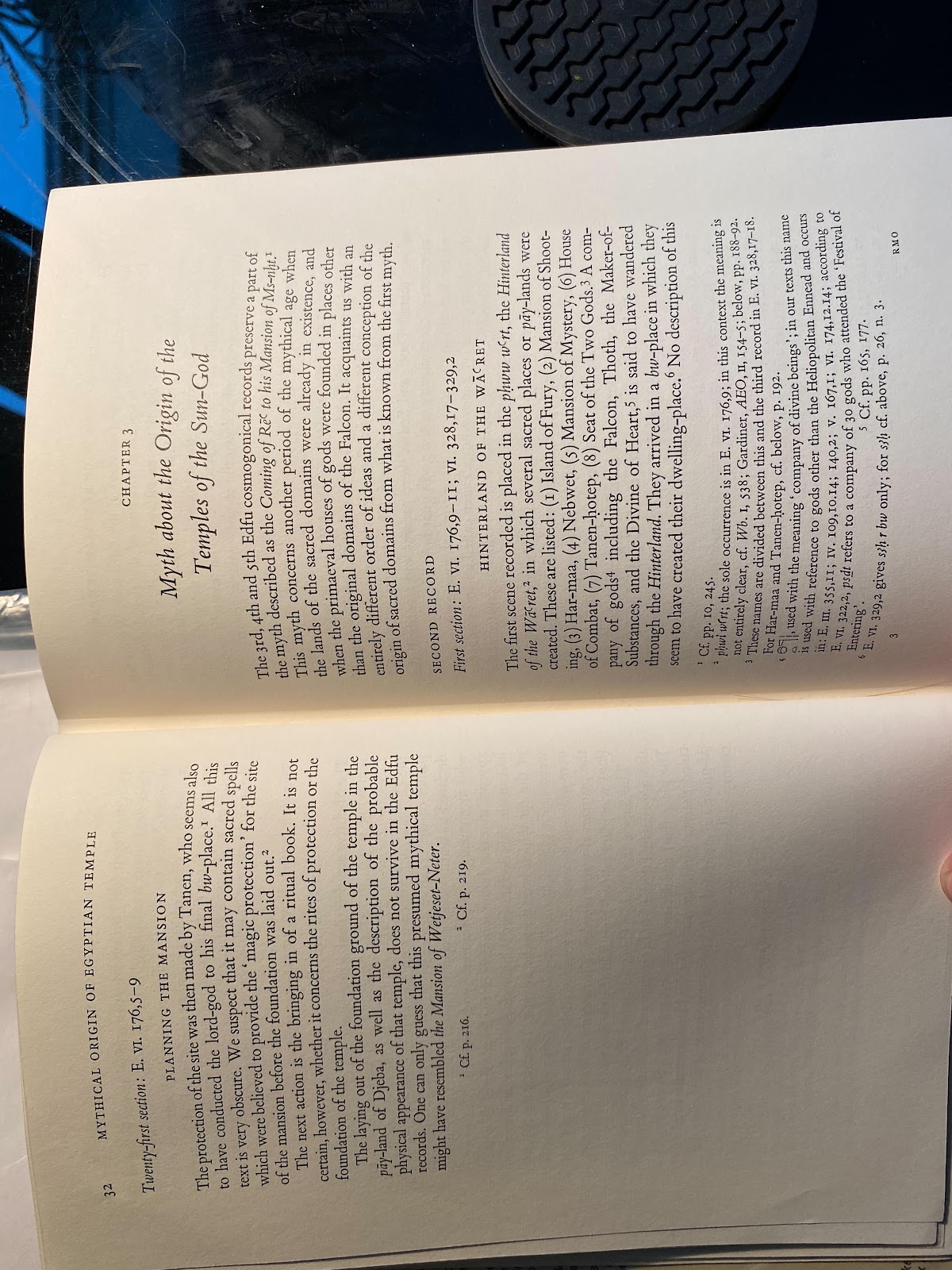
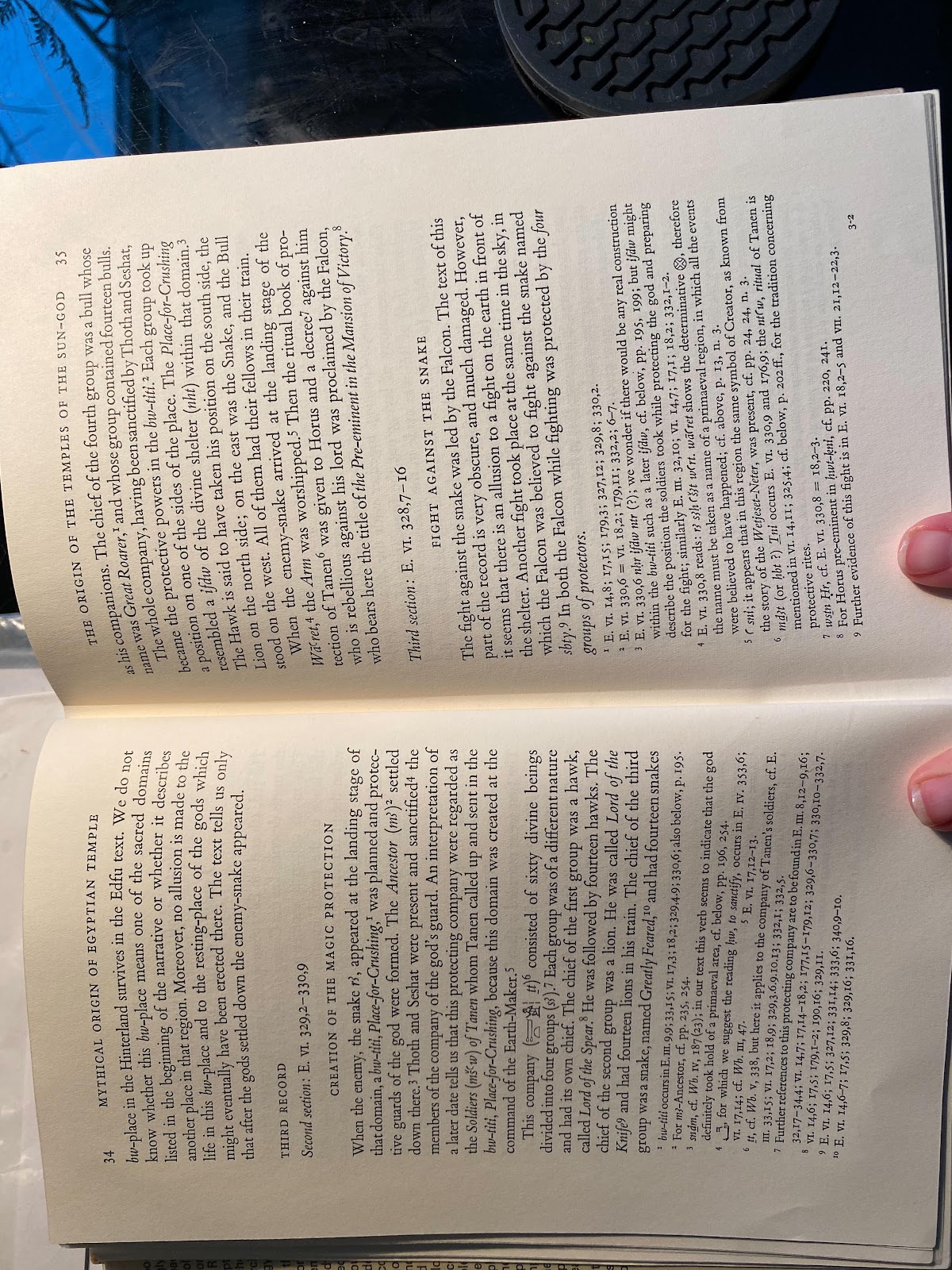










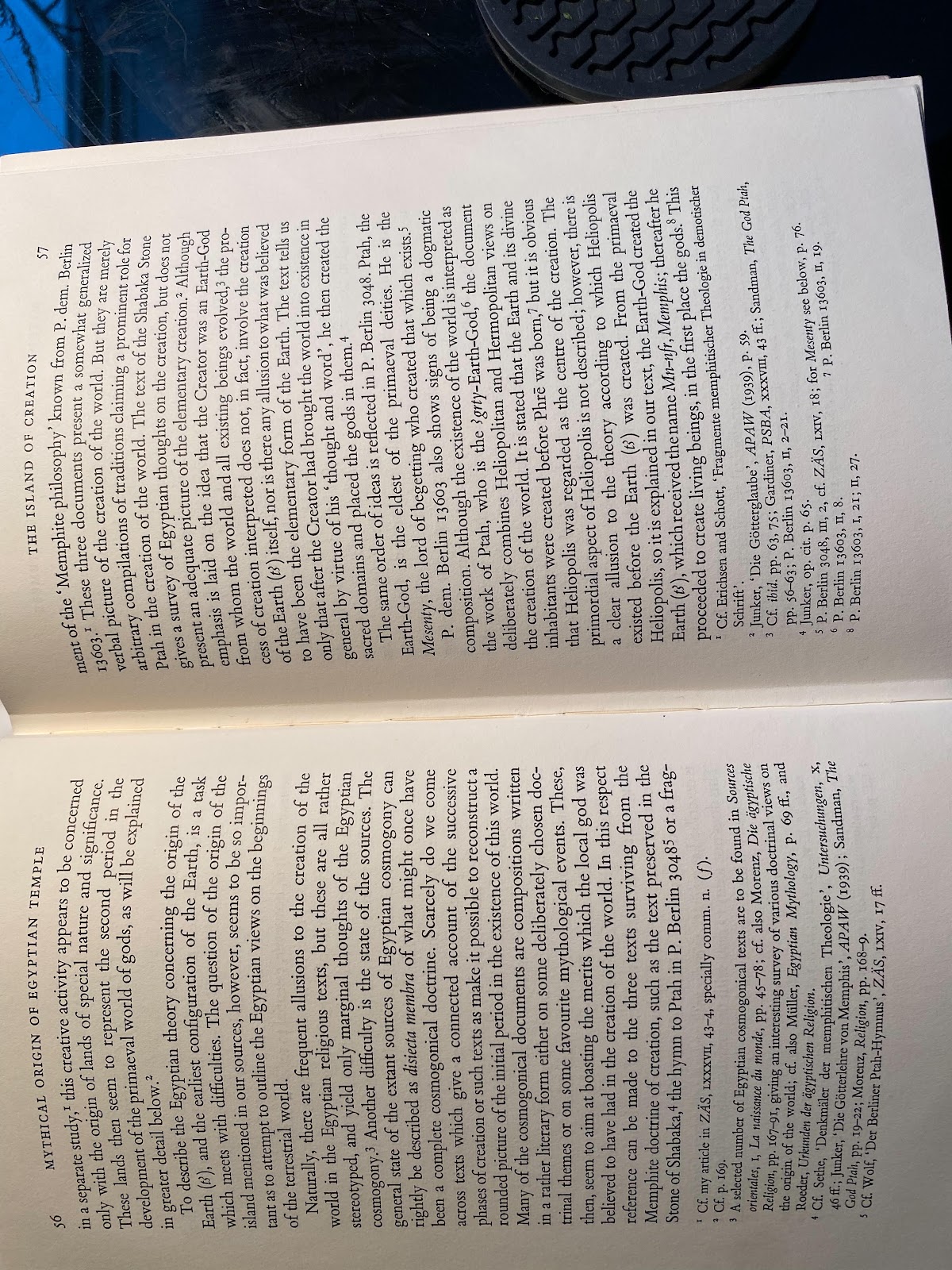


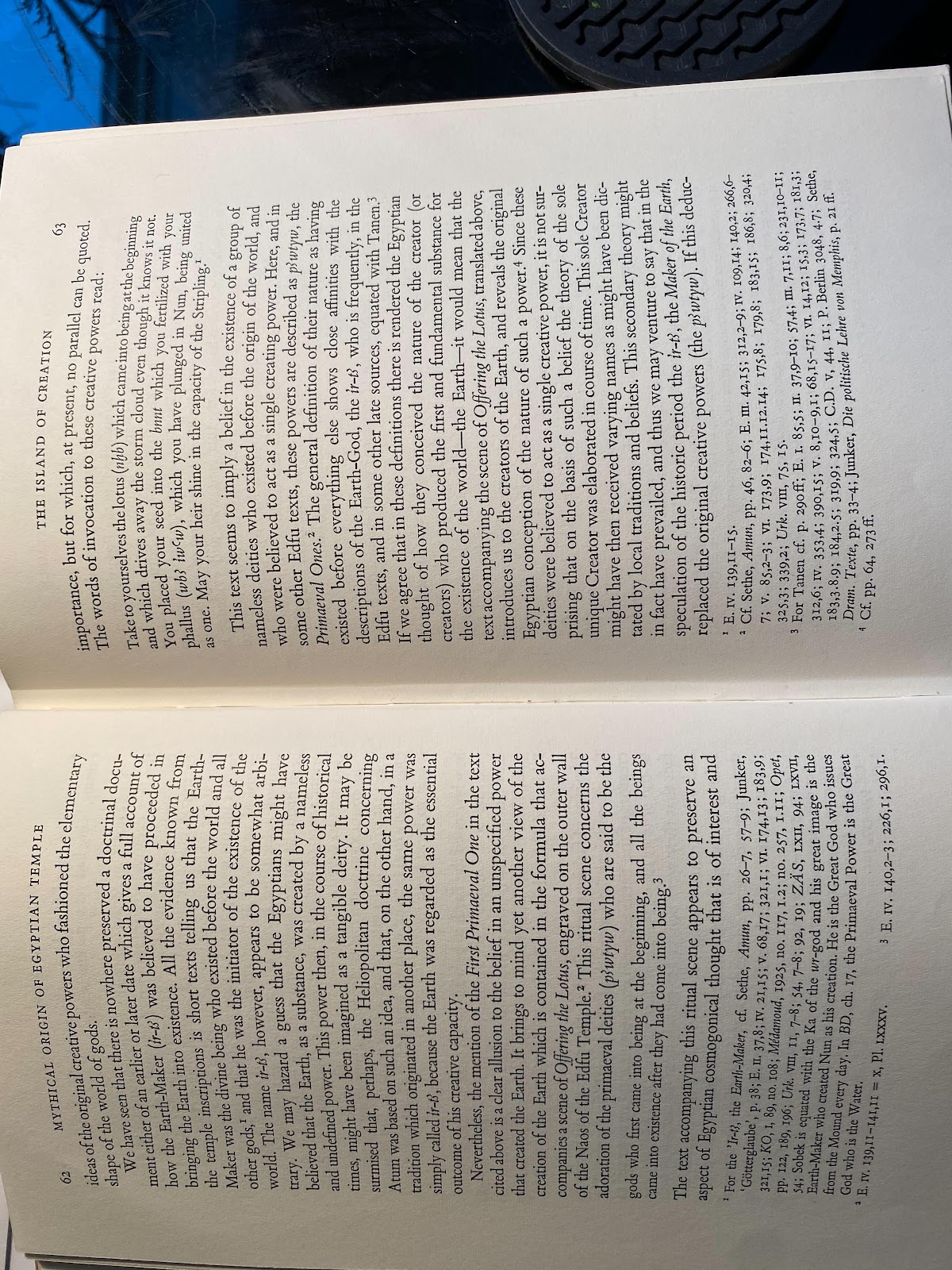









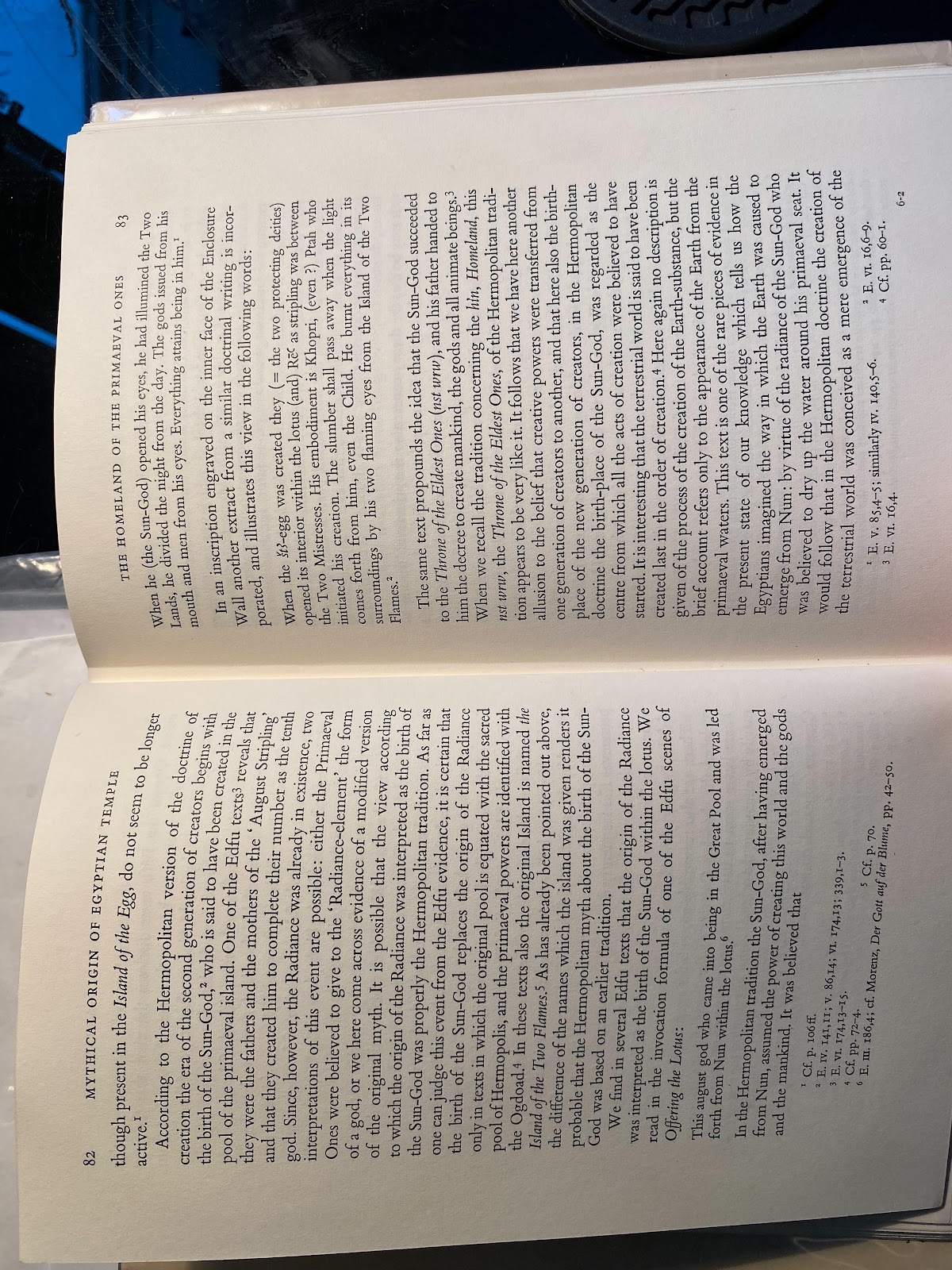


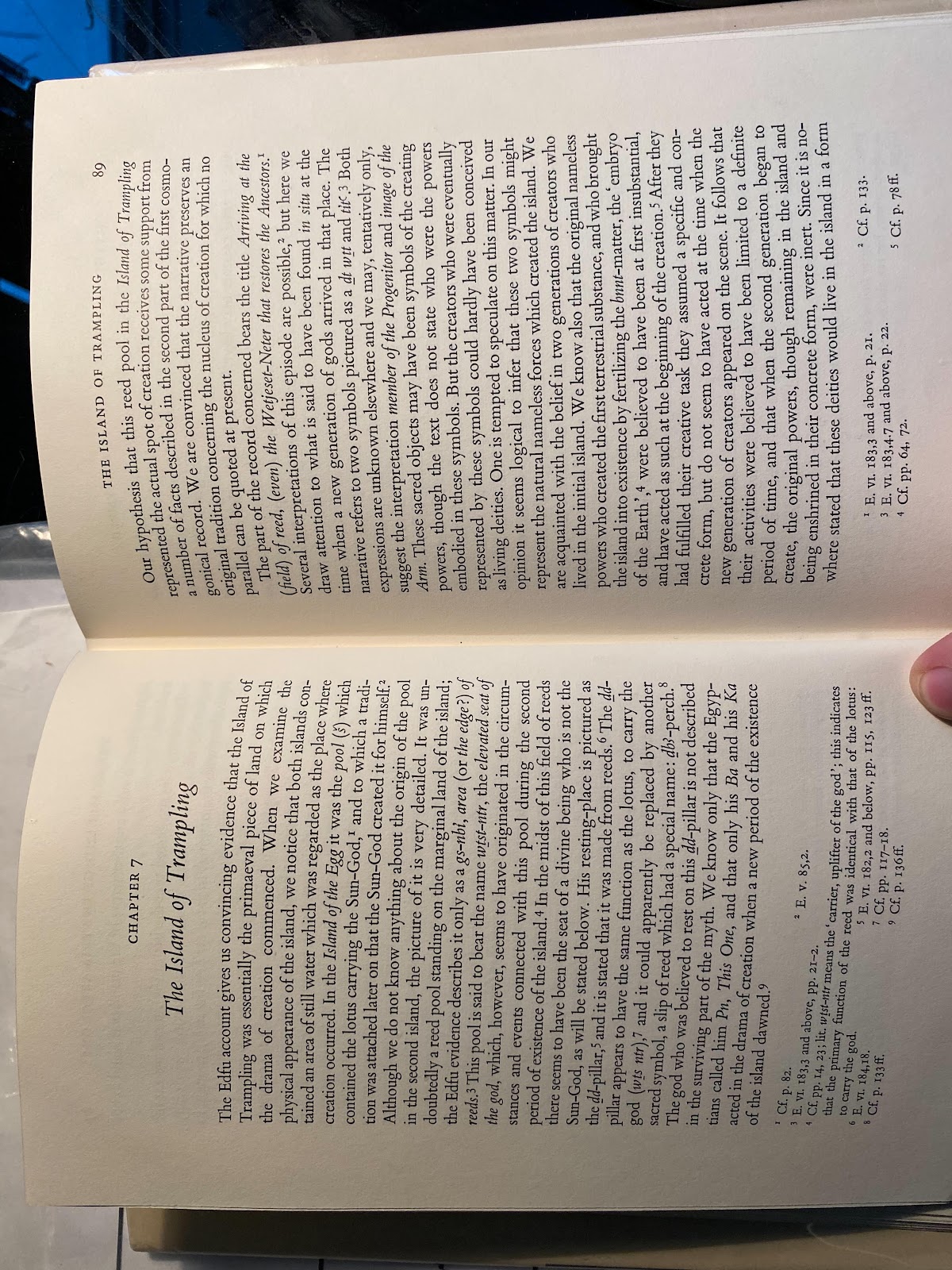


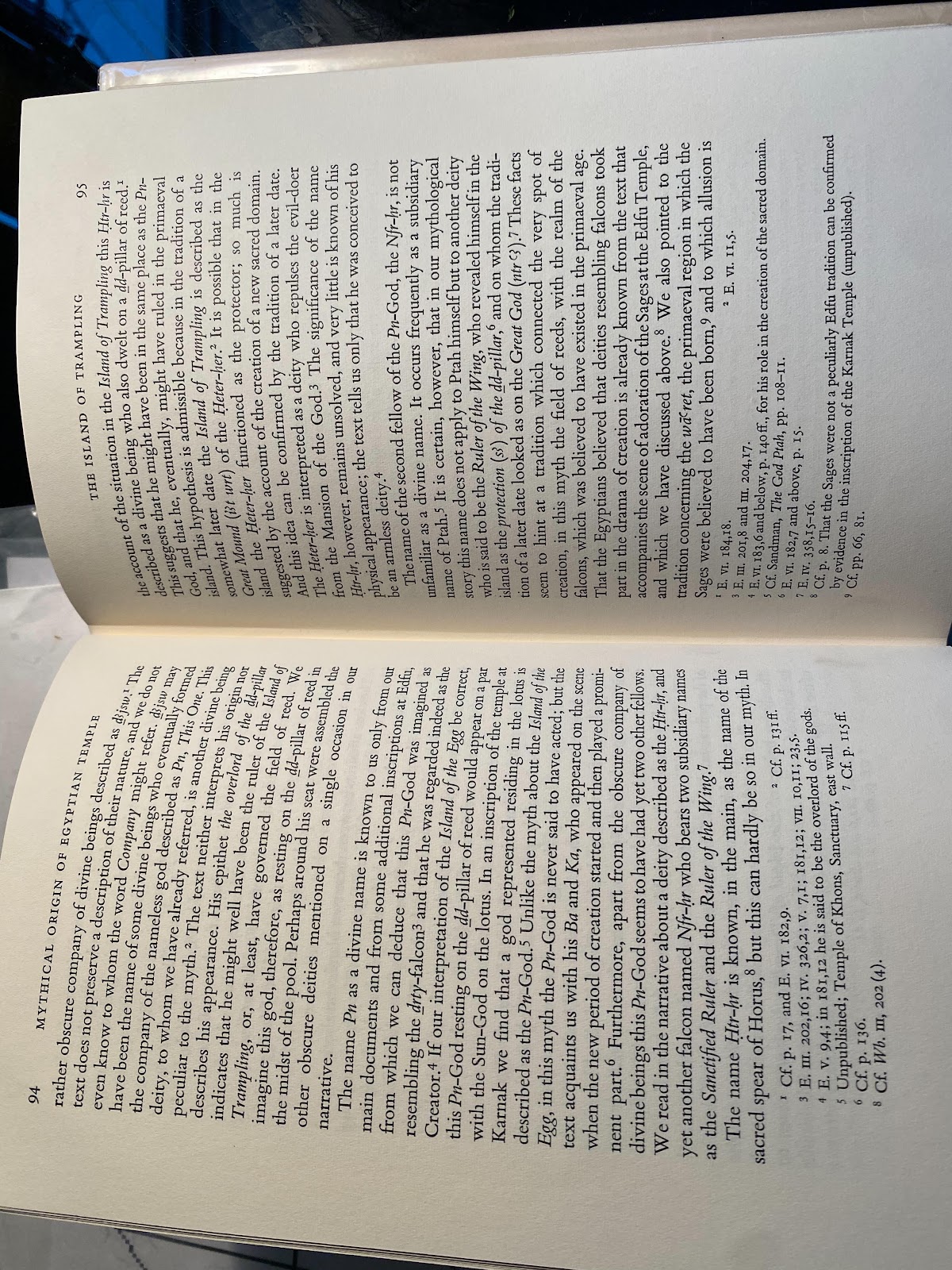


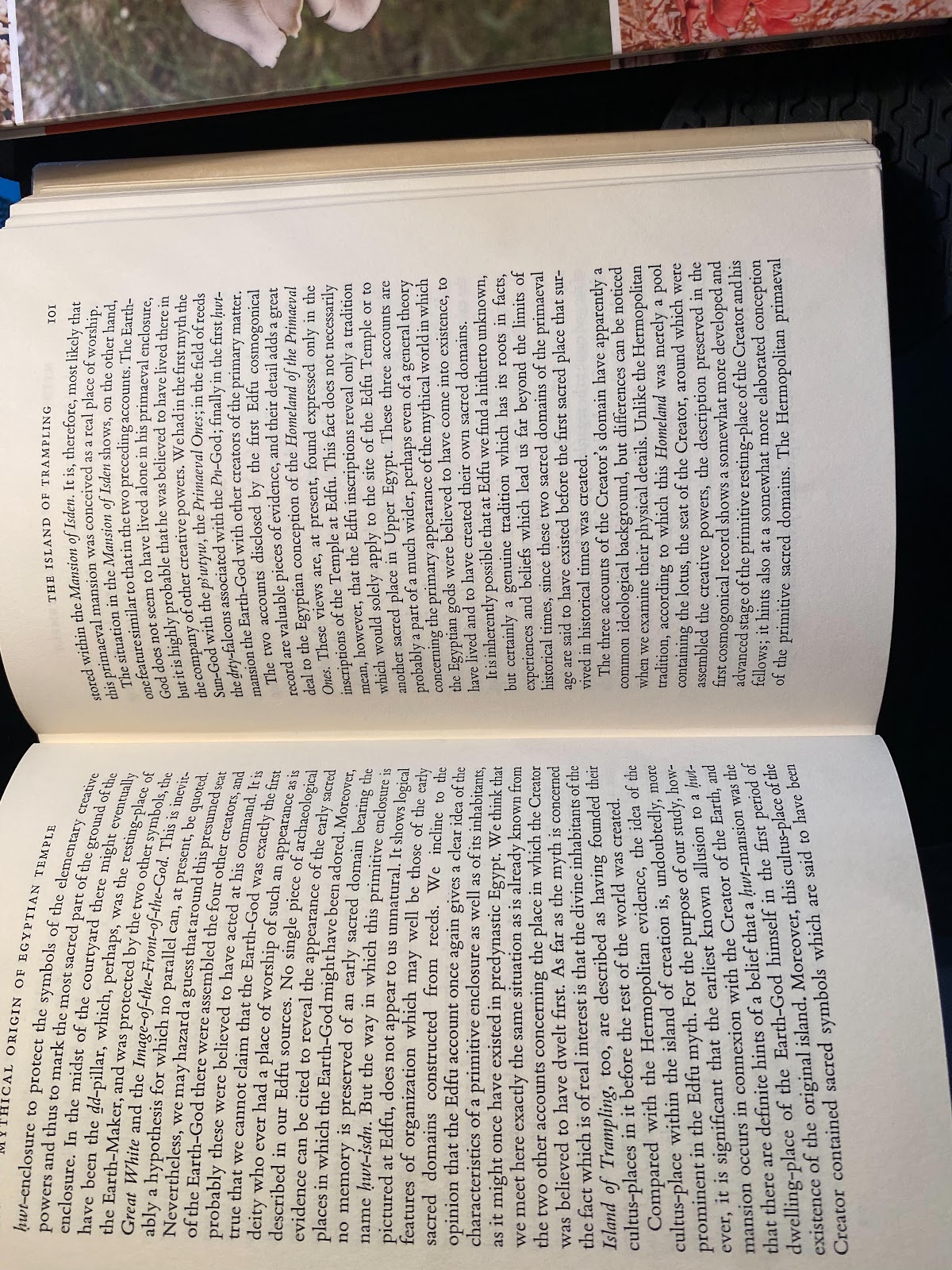






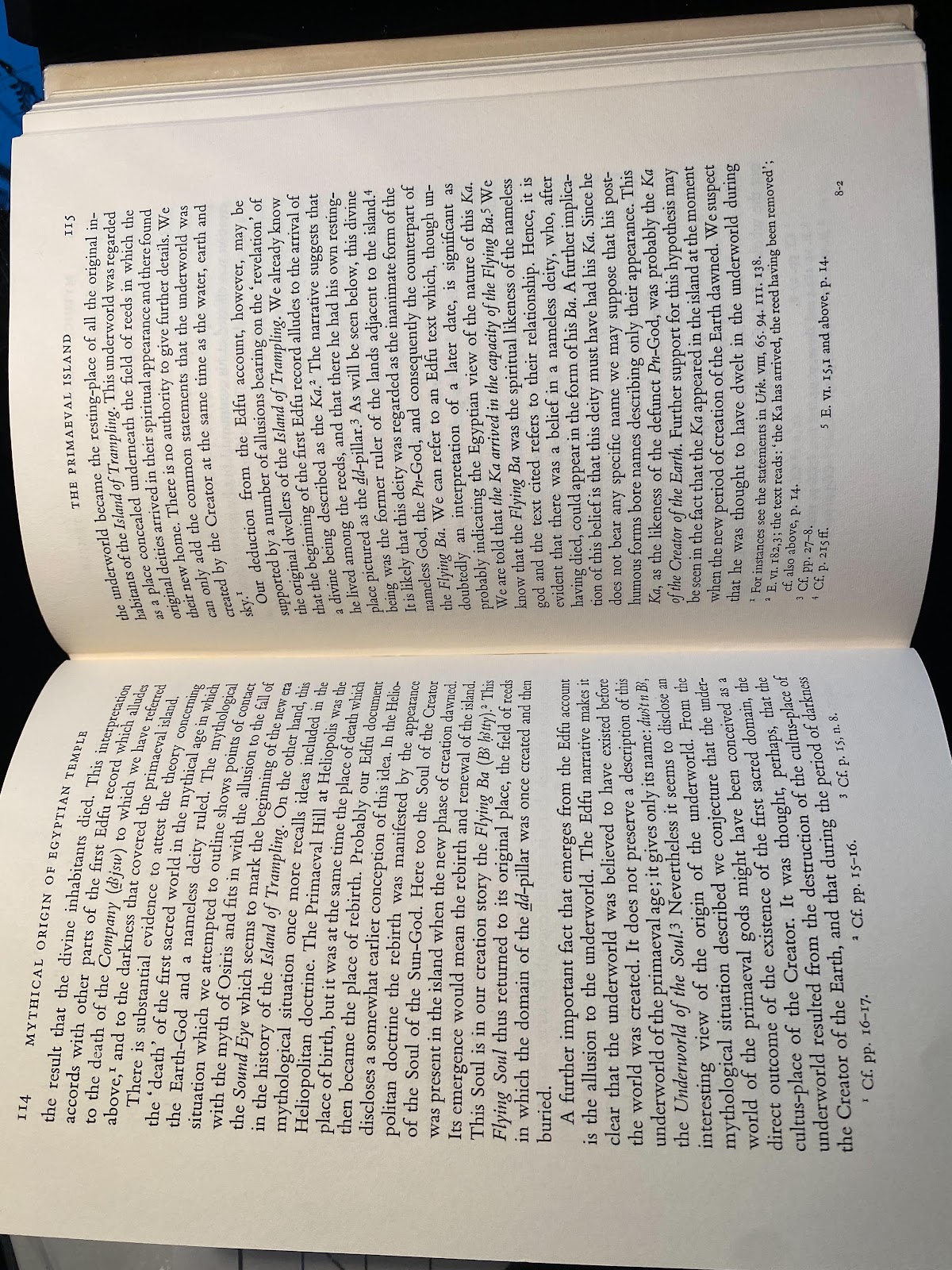







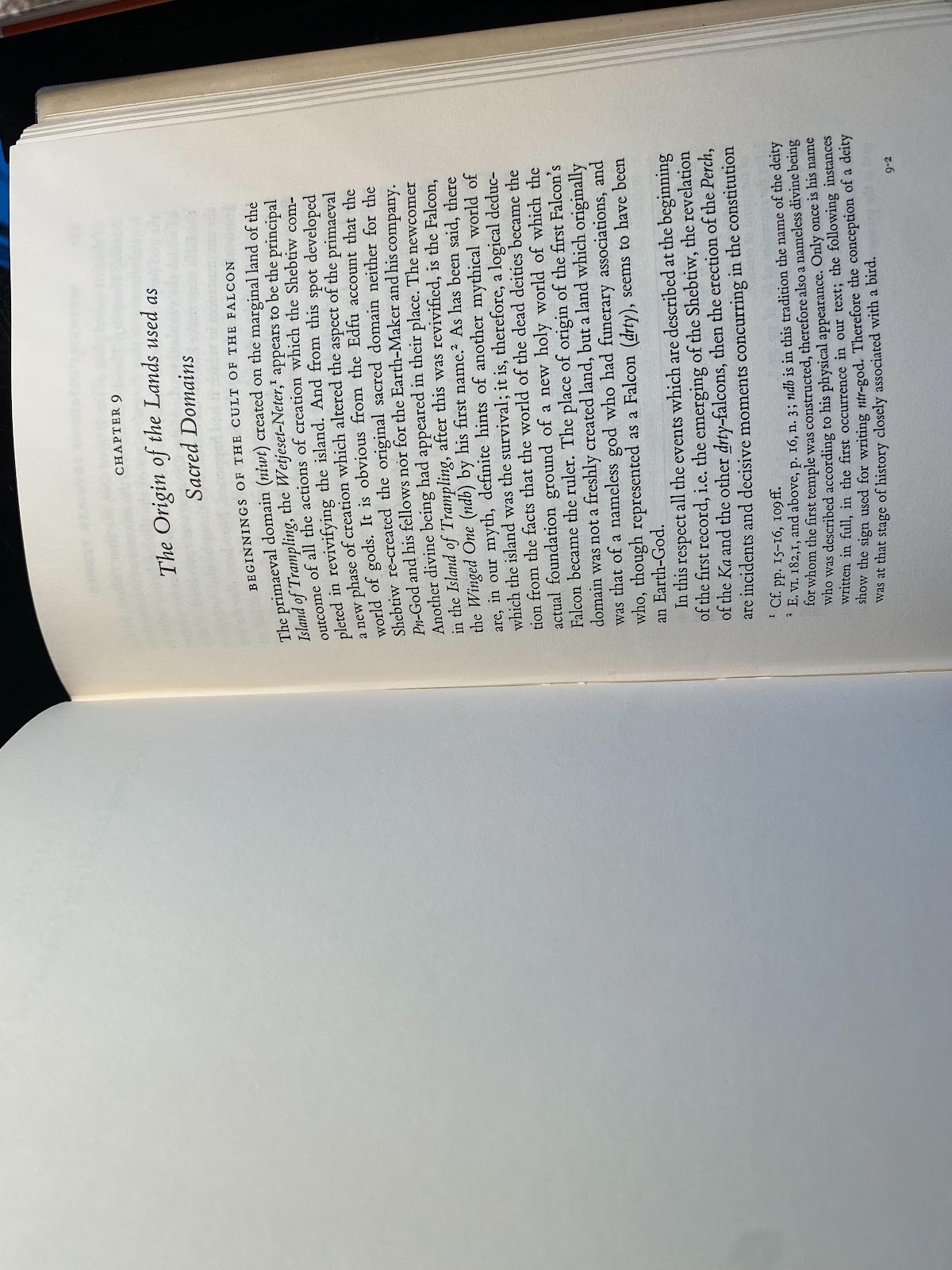
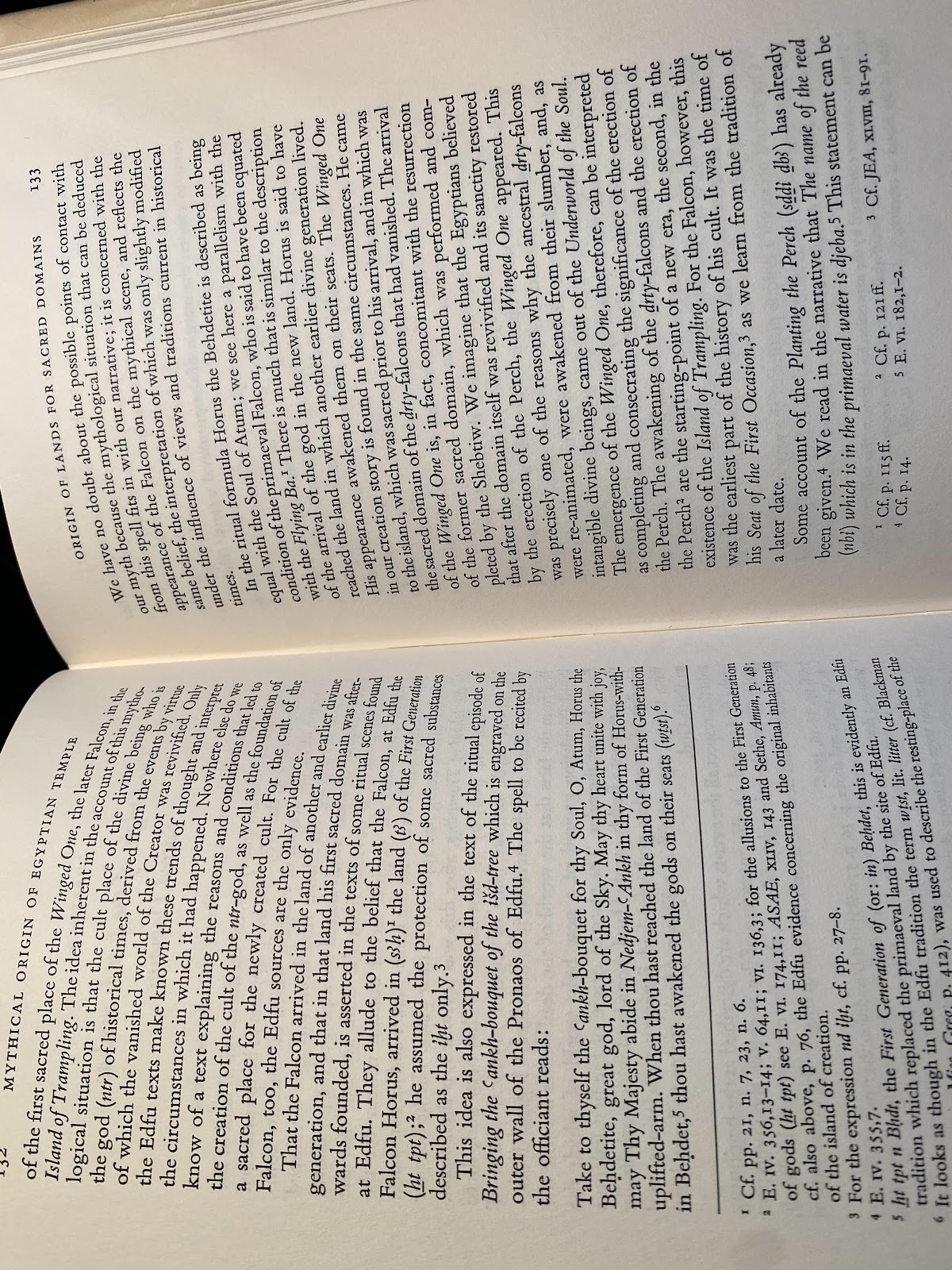









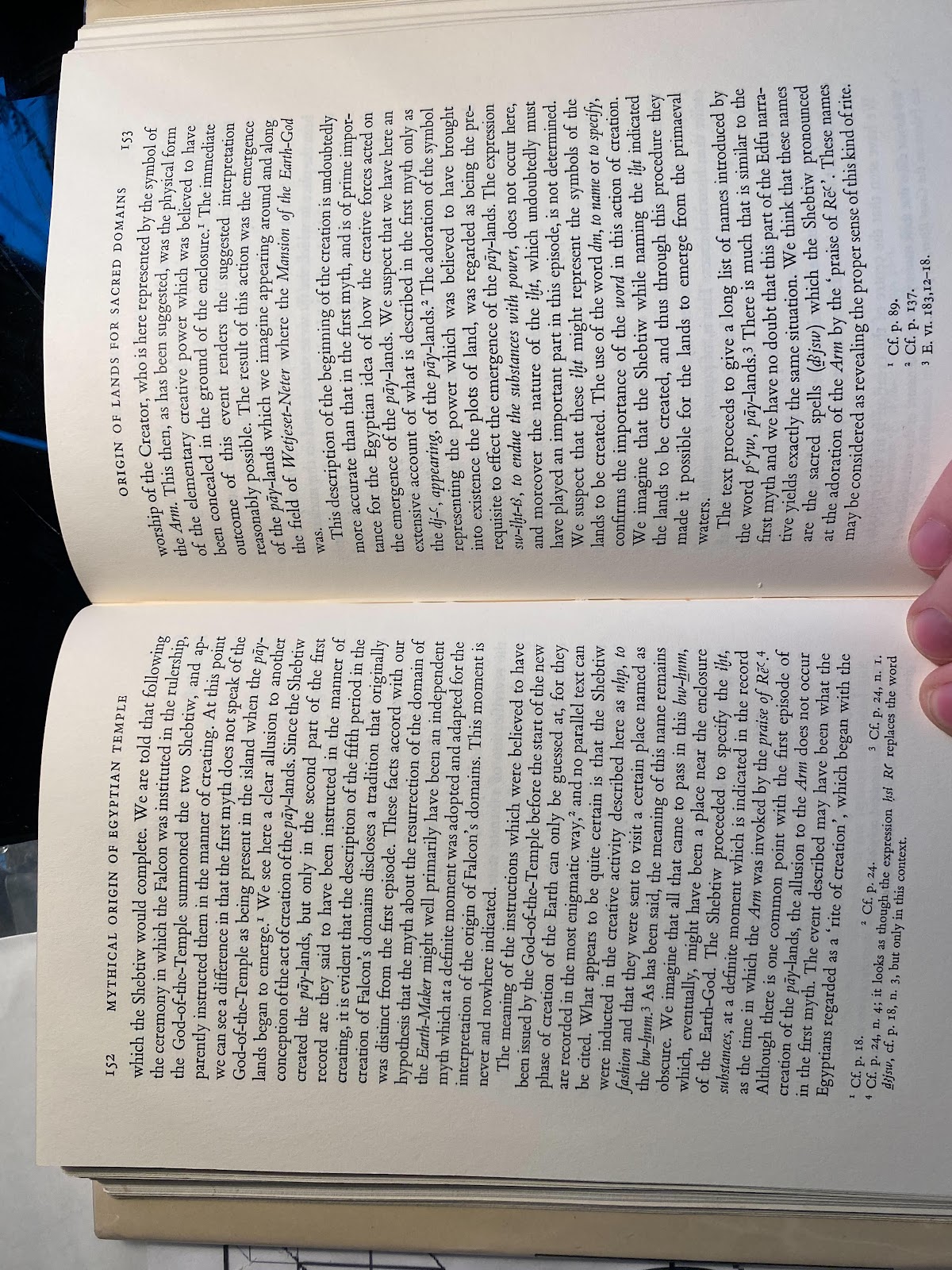

















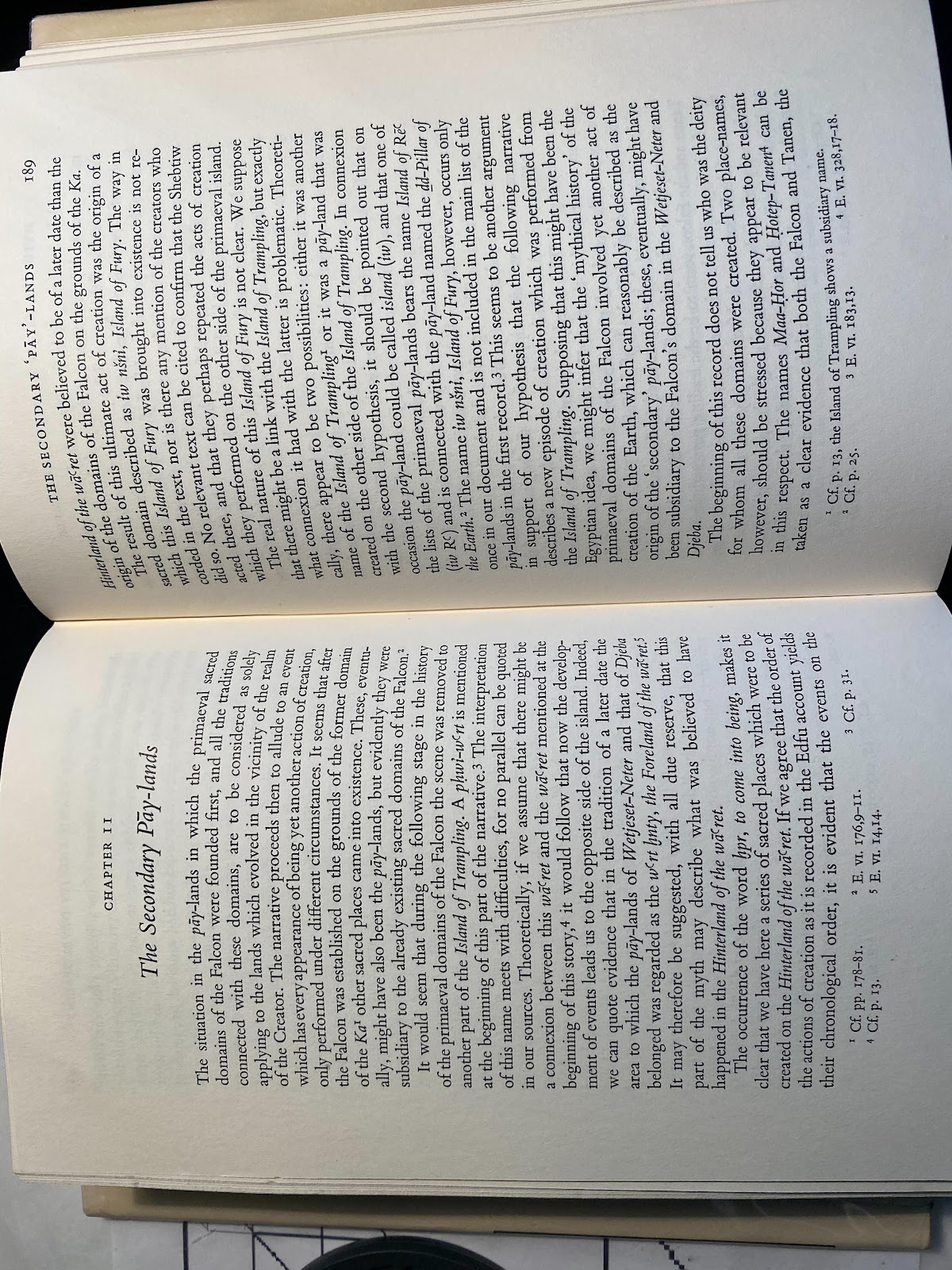


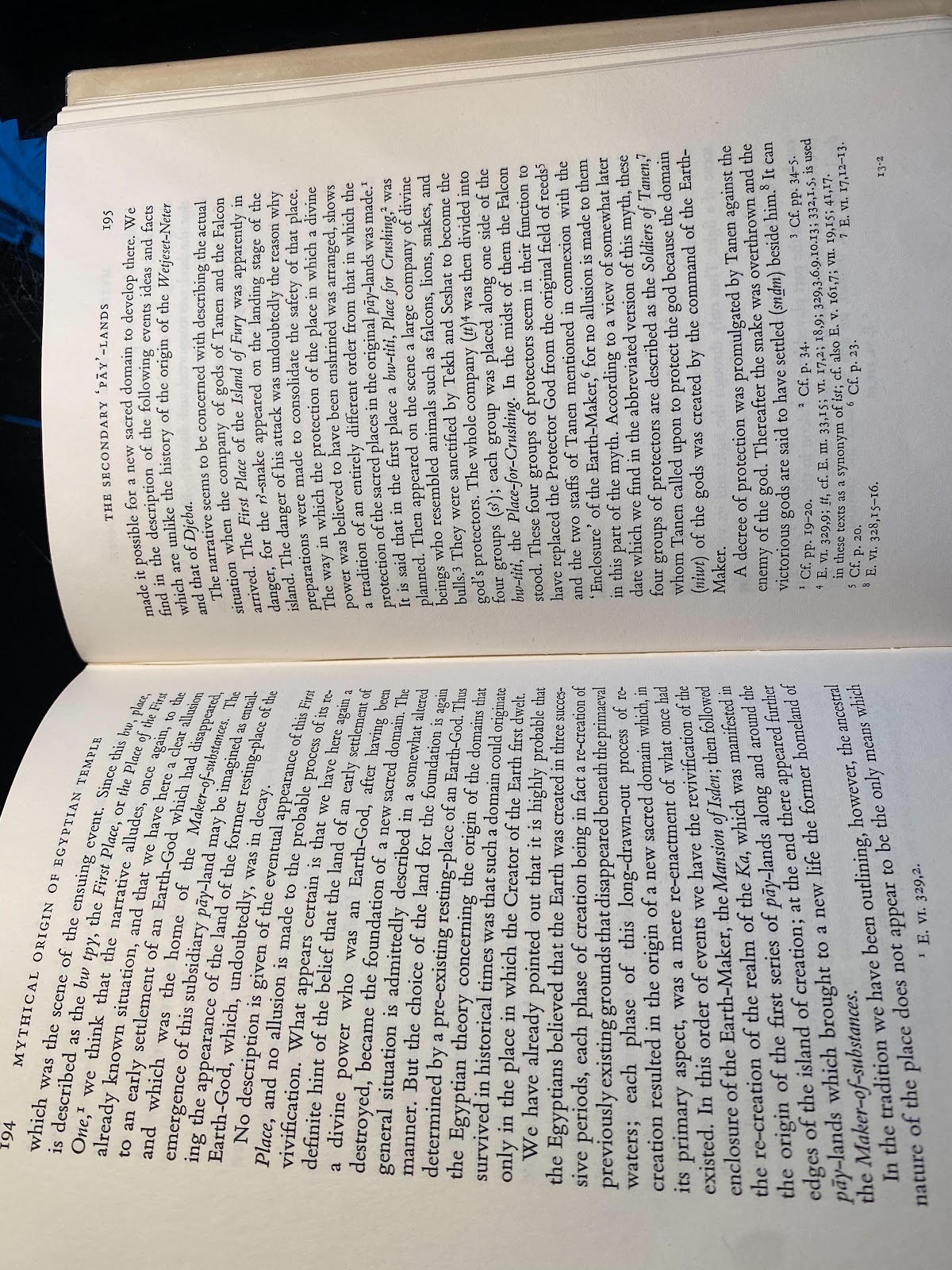











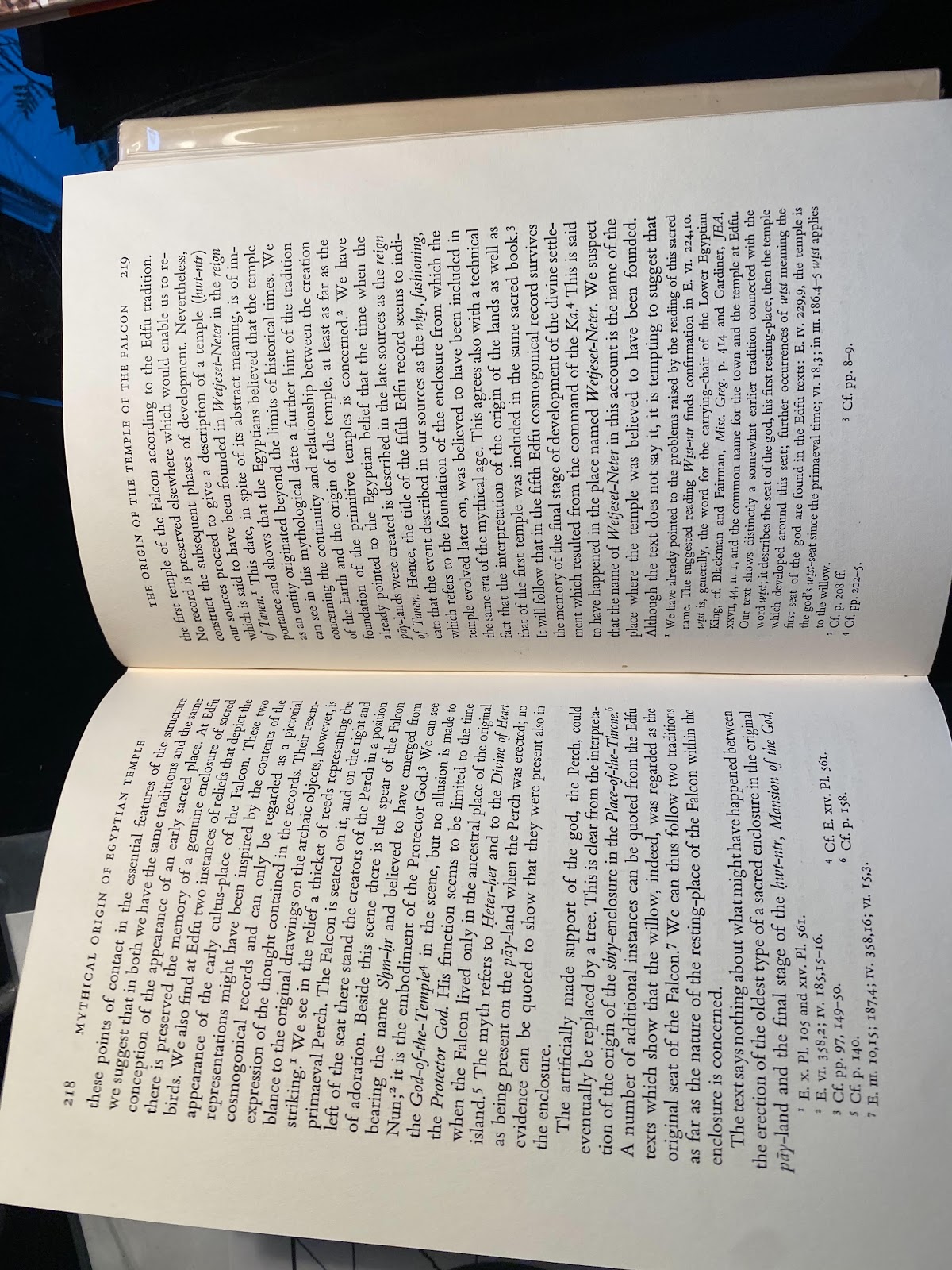










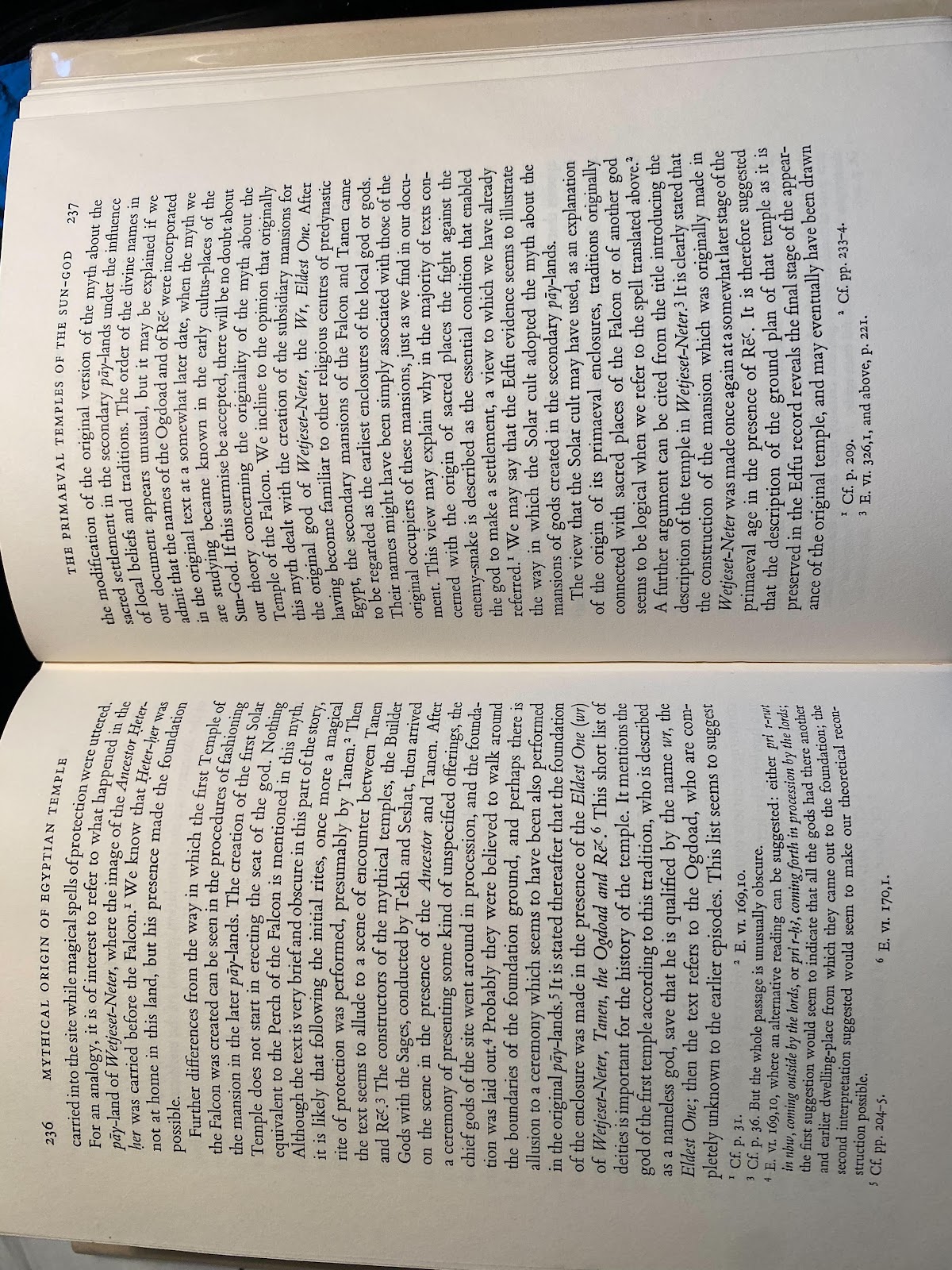





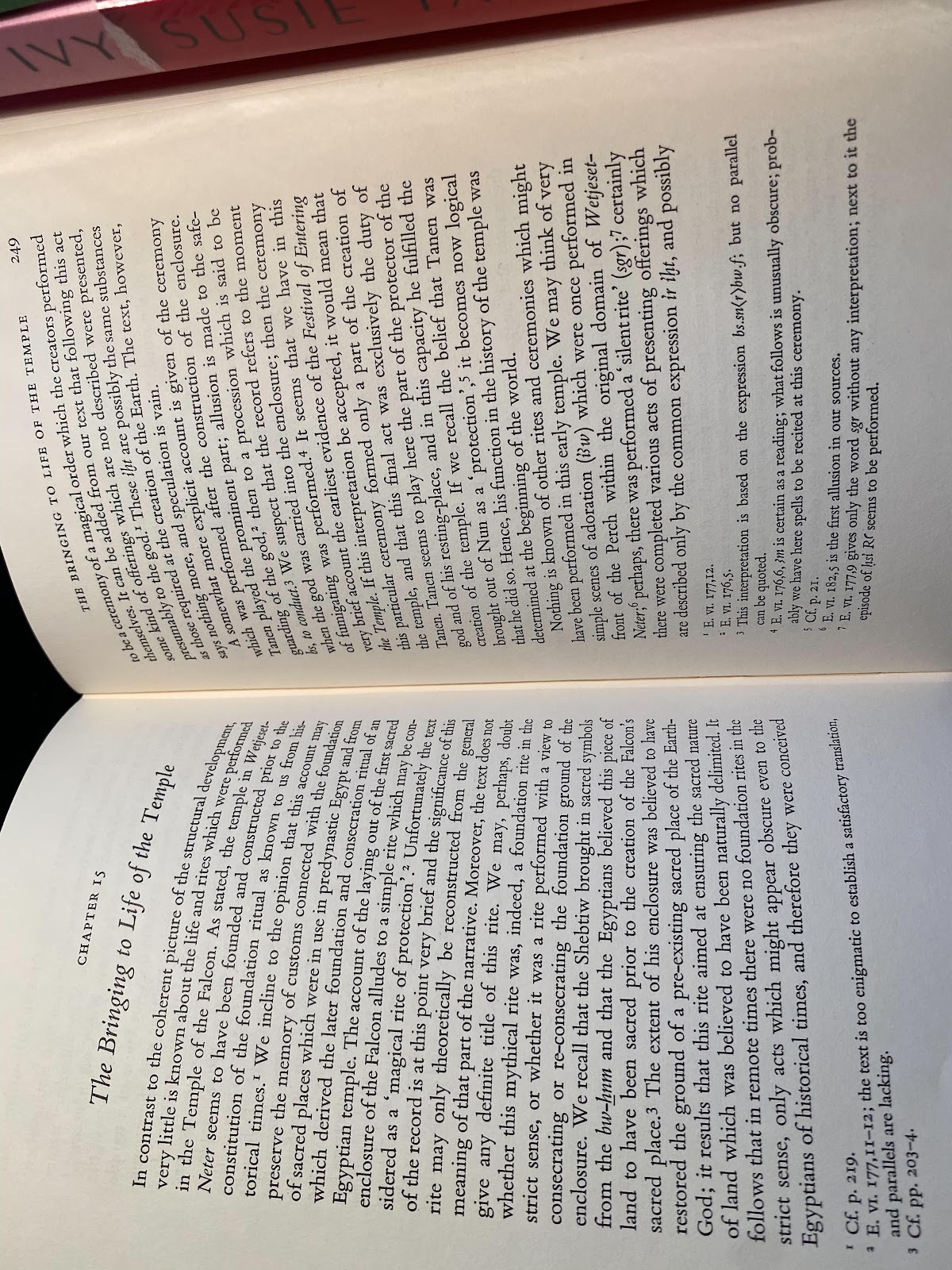





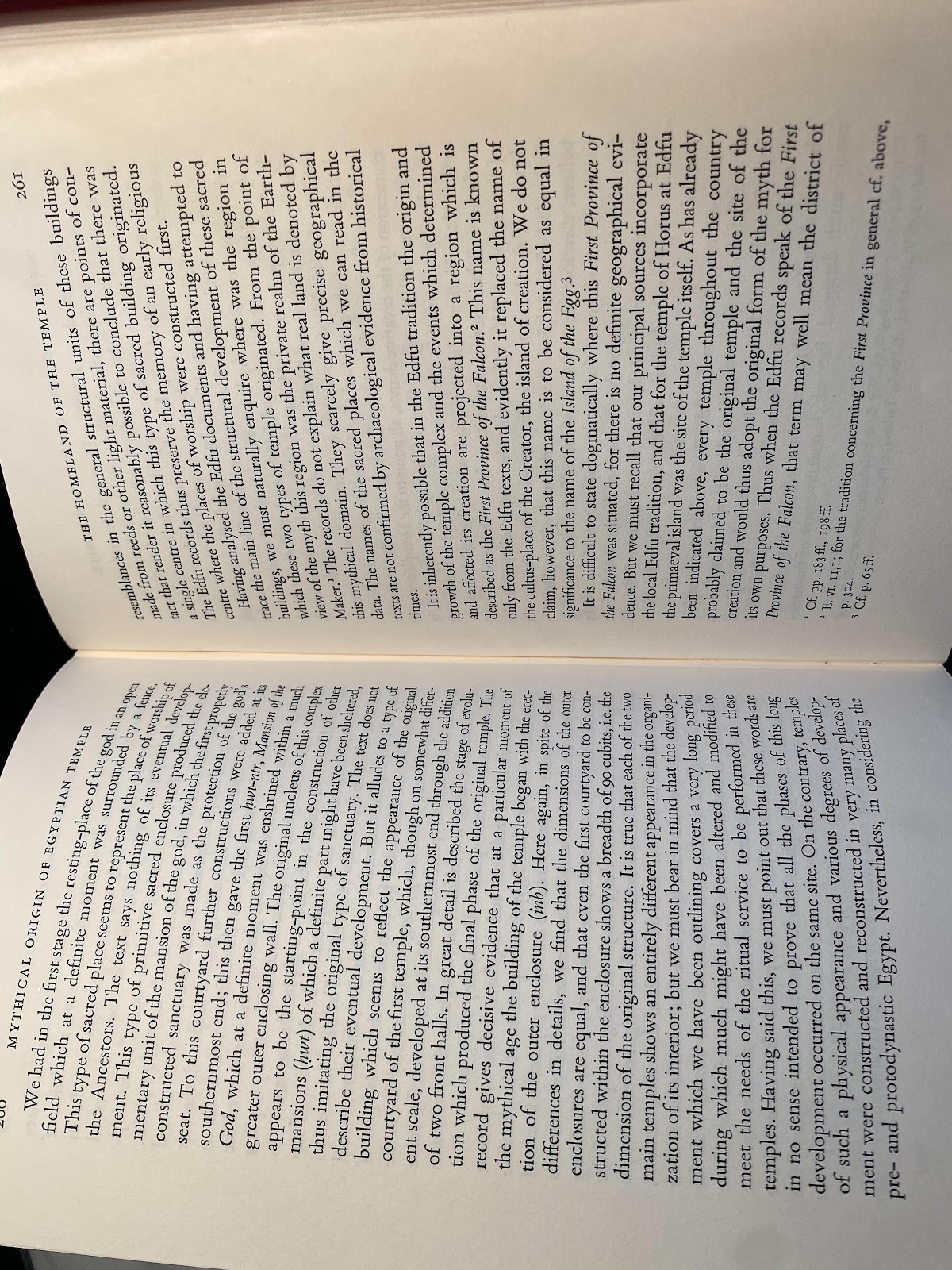














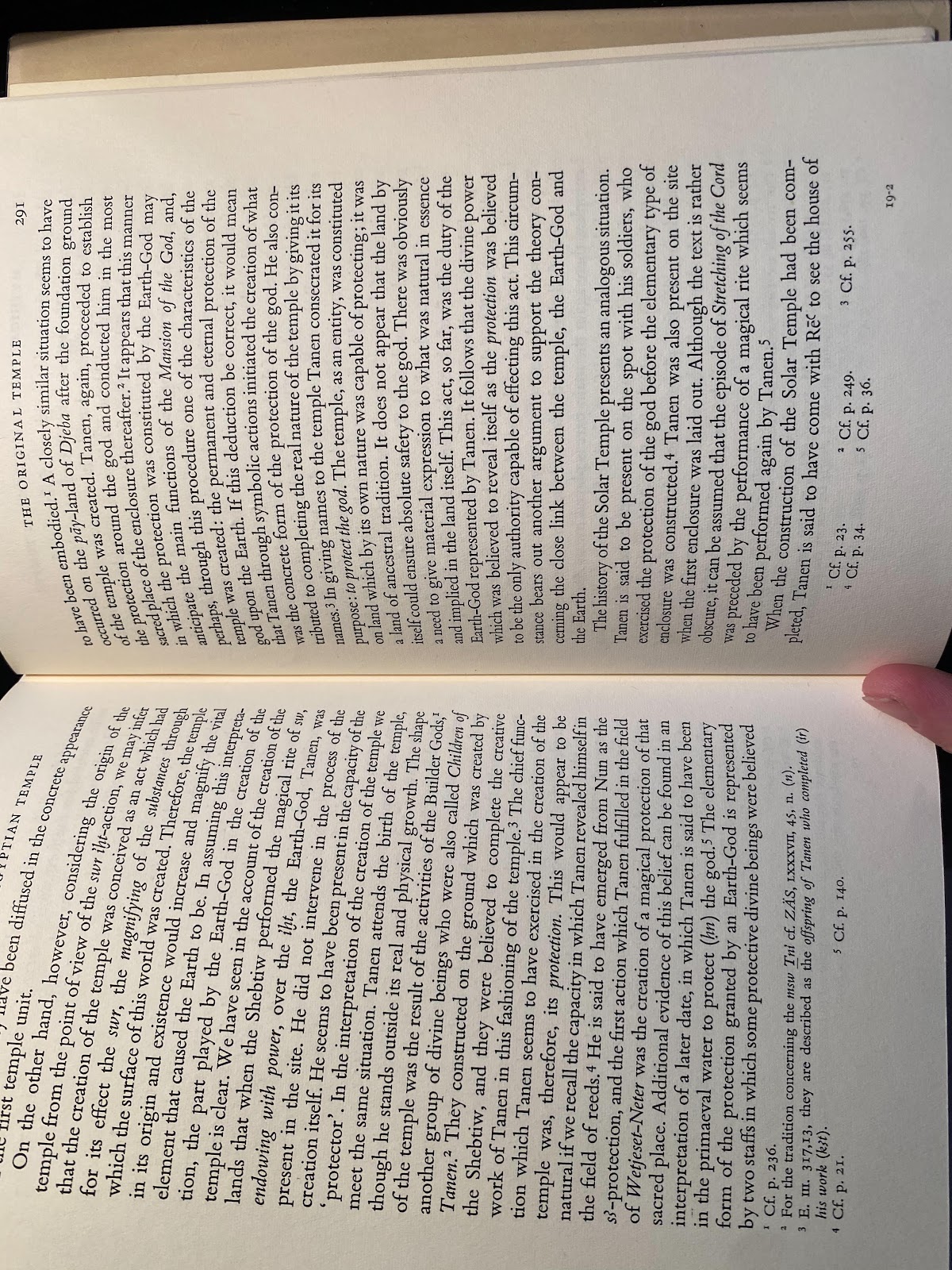

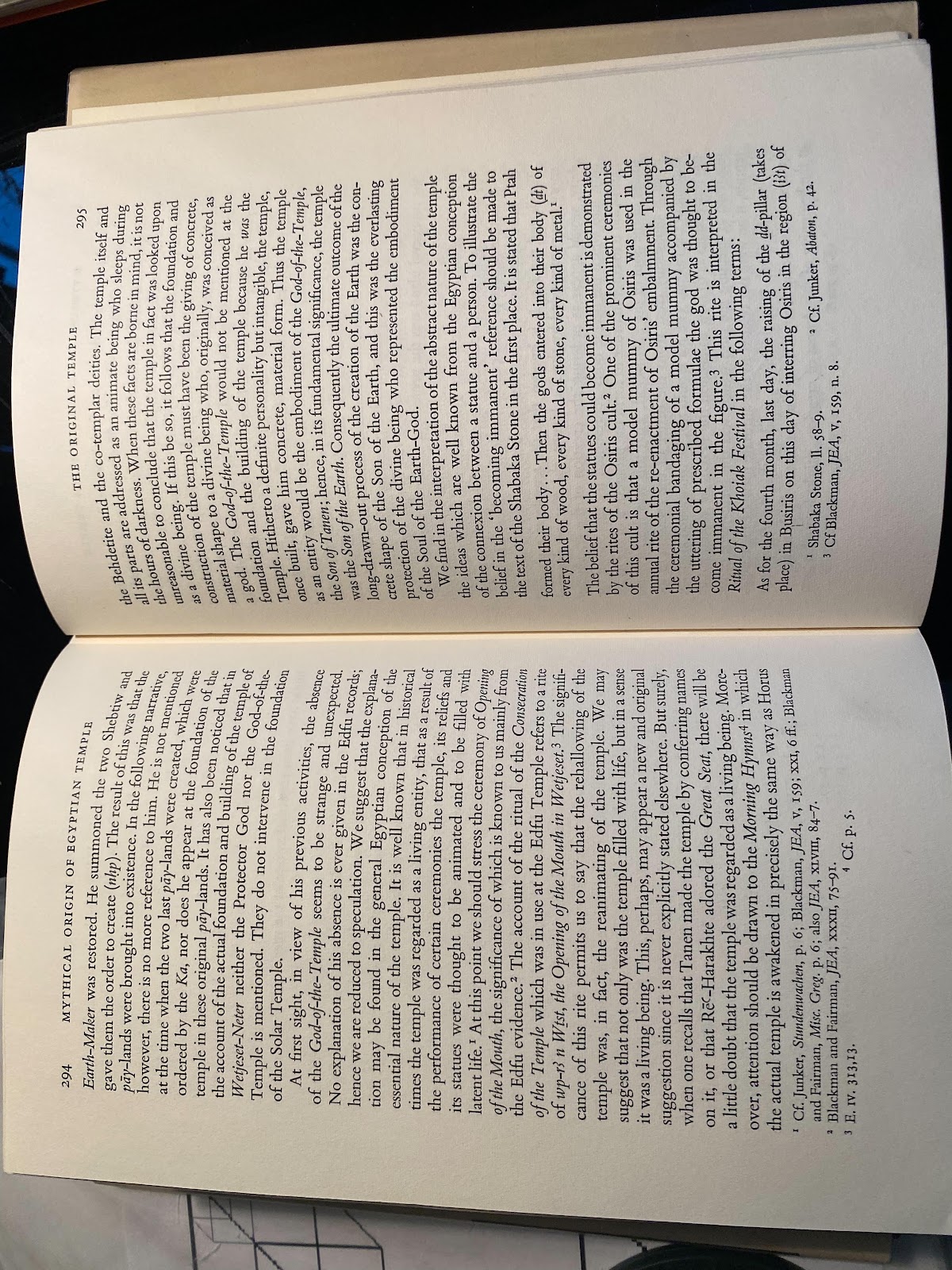

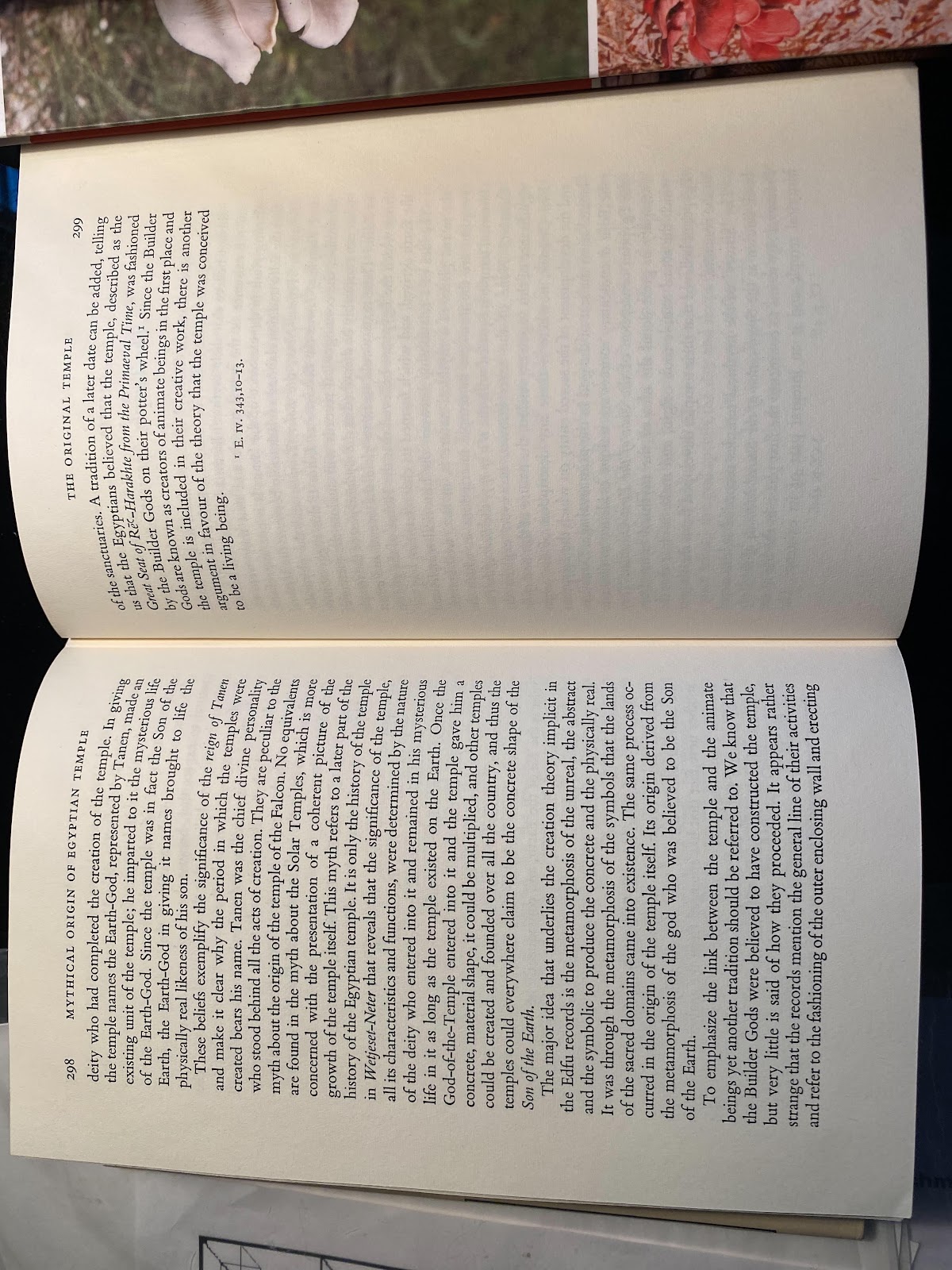






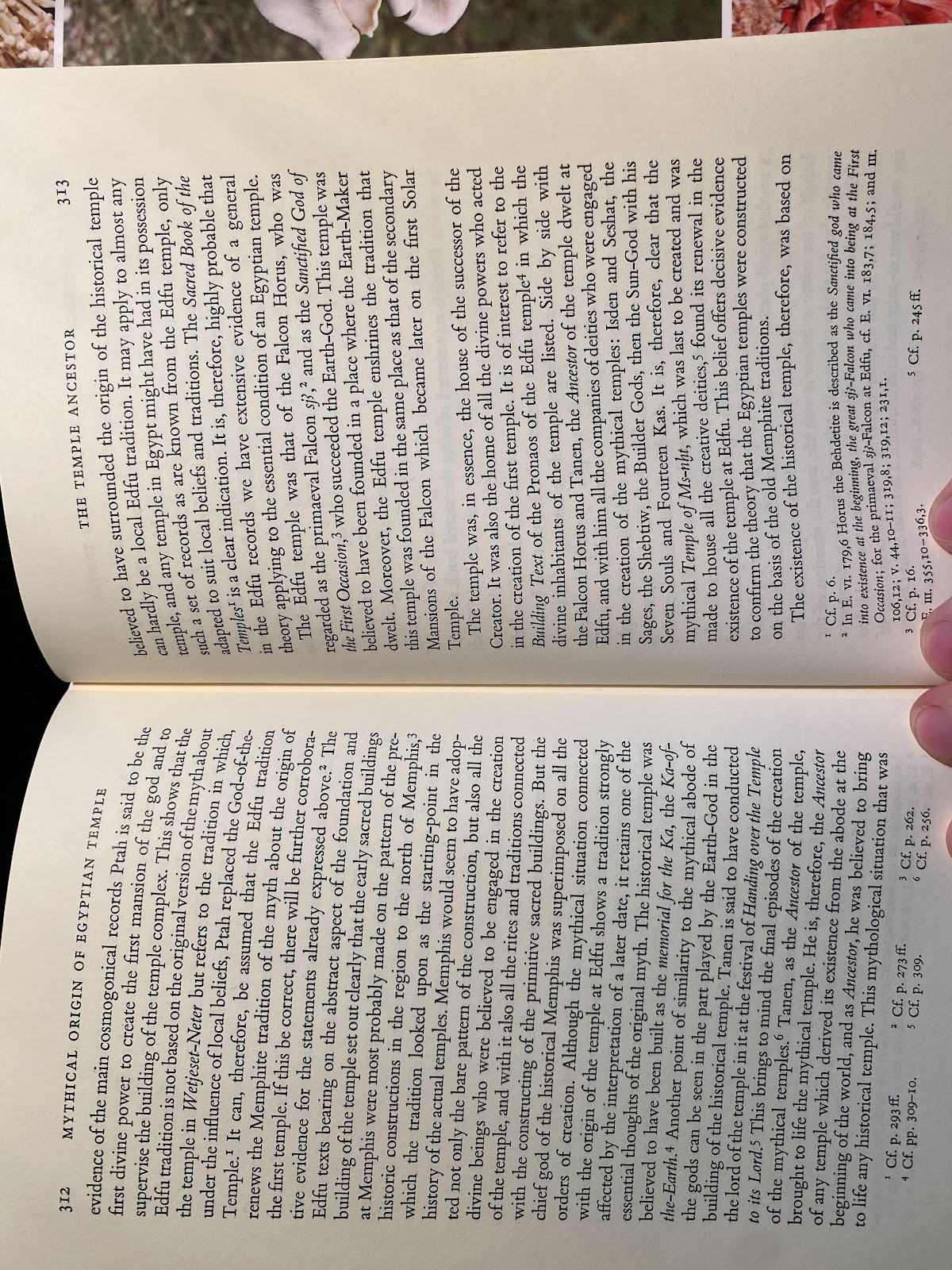
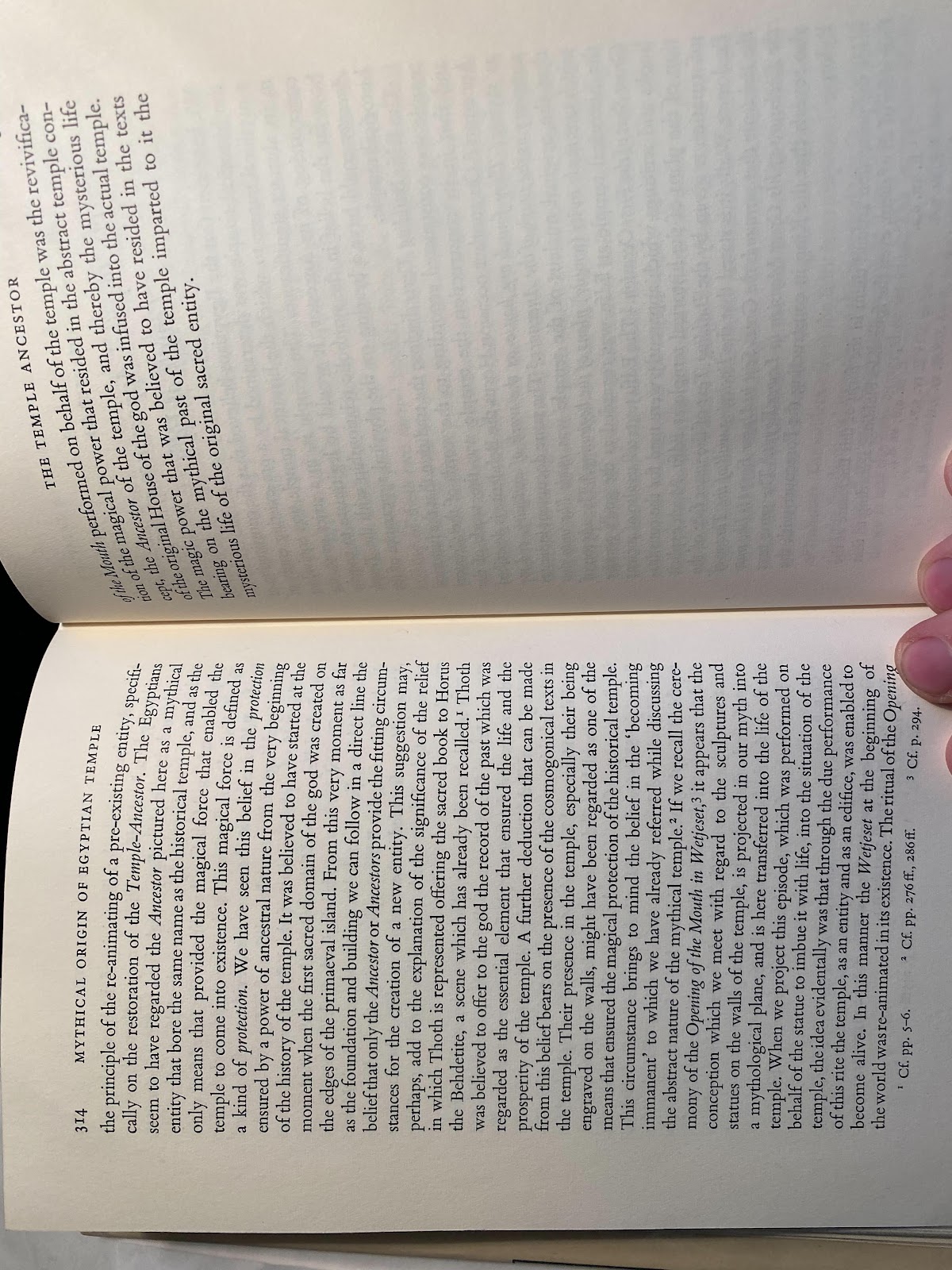






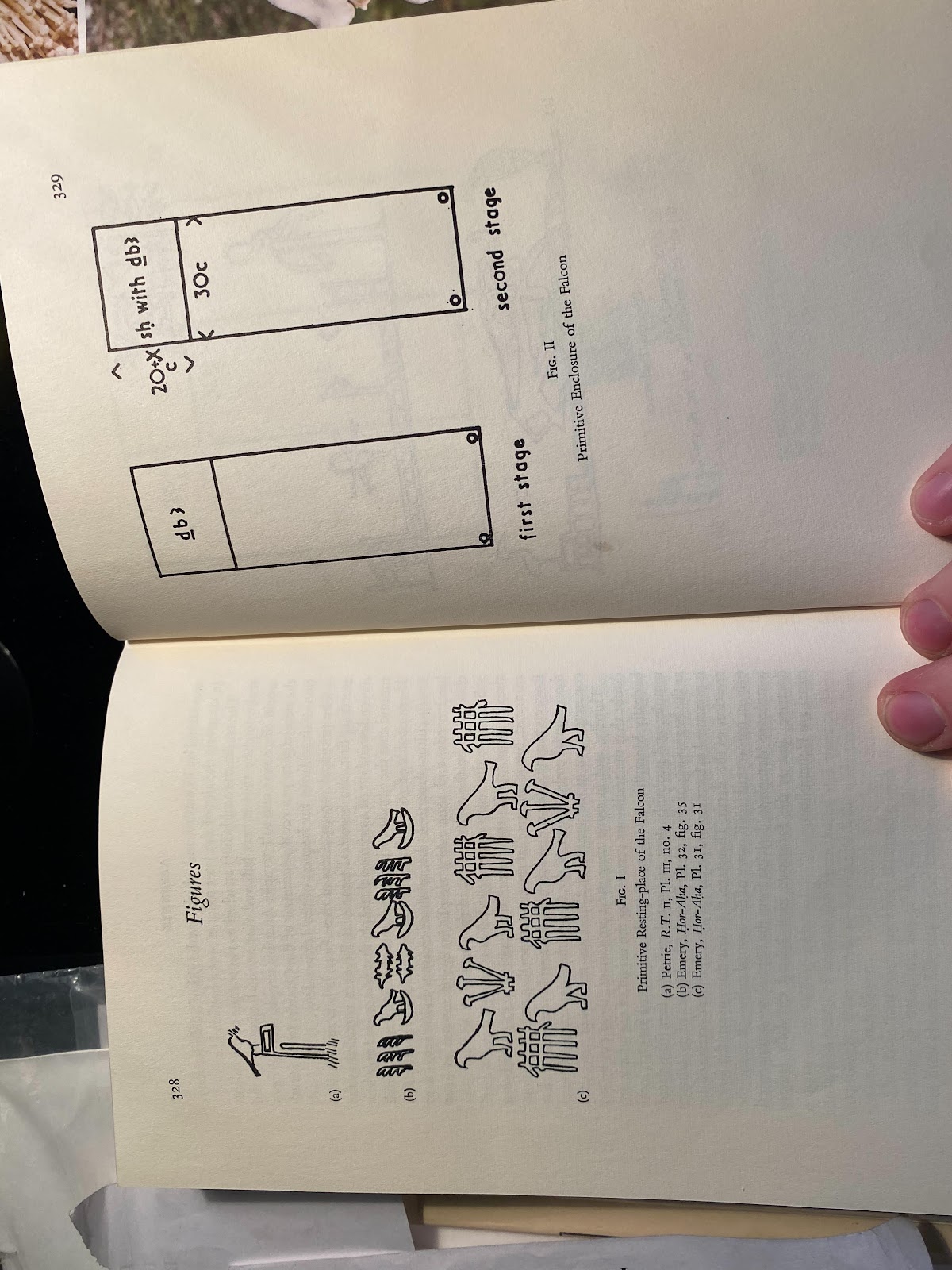


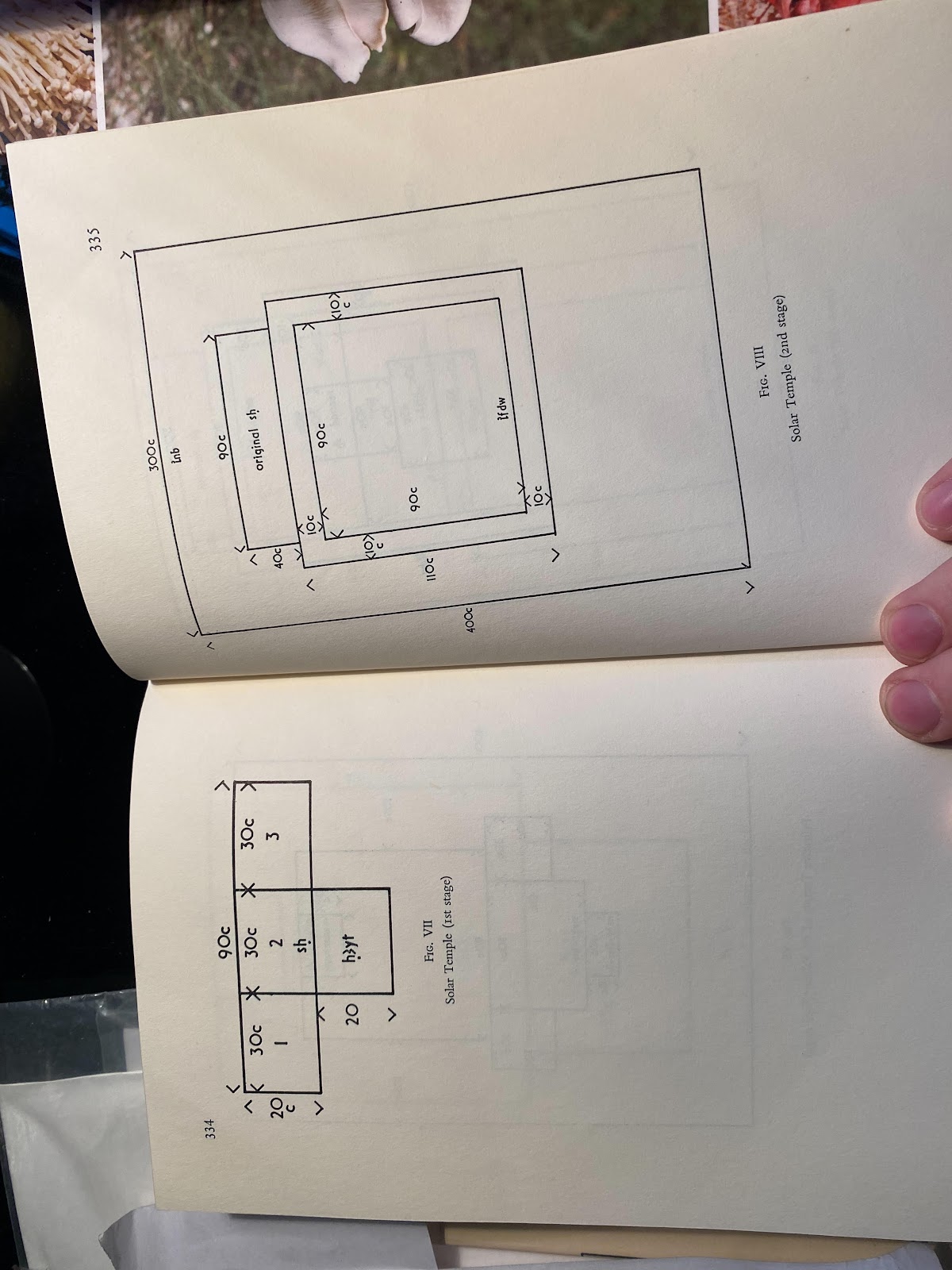


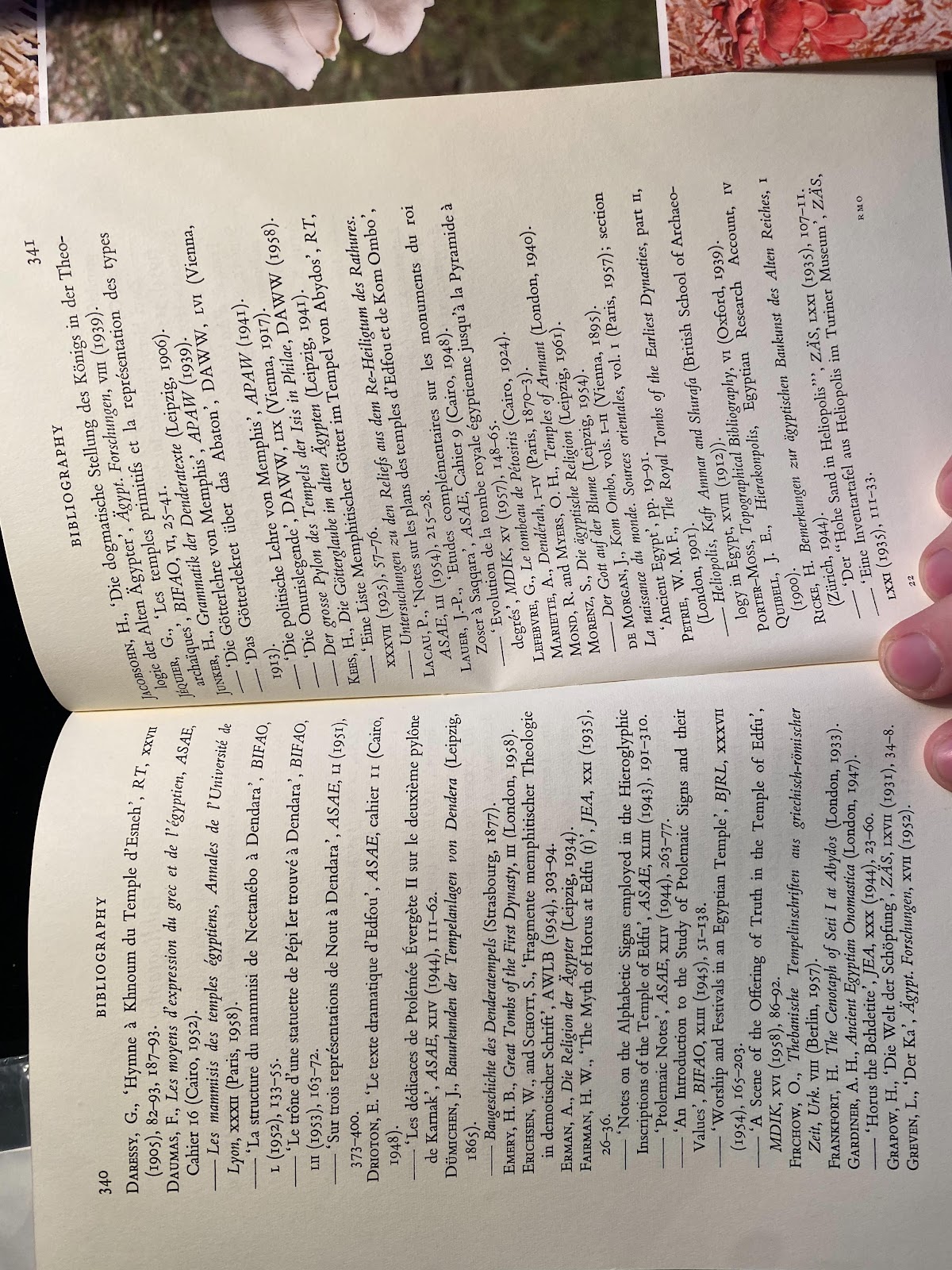


Comments
Post a Comment